50 Photos for 50 Years
Posted in: anera50for50
Anera is delving into our photo archives and featuring one emblematic photo for each year of our existence. The series will cover one decade at a time, starting in April and finishing in August, when the organization first opened its doors 50 years ago. #anera50for50
The Fifth Decade: 2008-2018
Throughout the West Bank and Gaza, Anera helps hundreds of thousands of Palestinians with infrastructure for water and sanitation networks, schools, community centers and public markets. Our work in Lebanon expands dramatically with the influx of refugees from Syria. And, sadly, Anera donors respond with humanitarian relief for Gaza in the wake of three devastating wars and a blockade on imports/exports.
2018
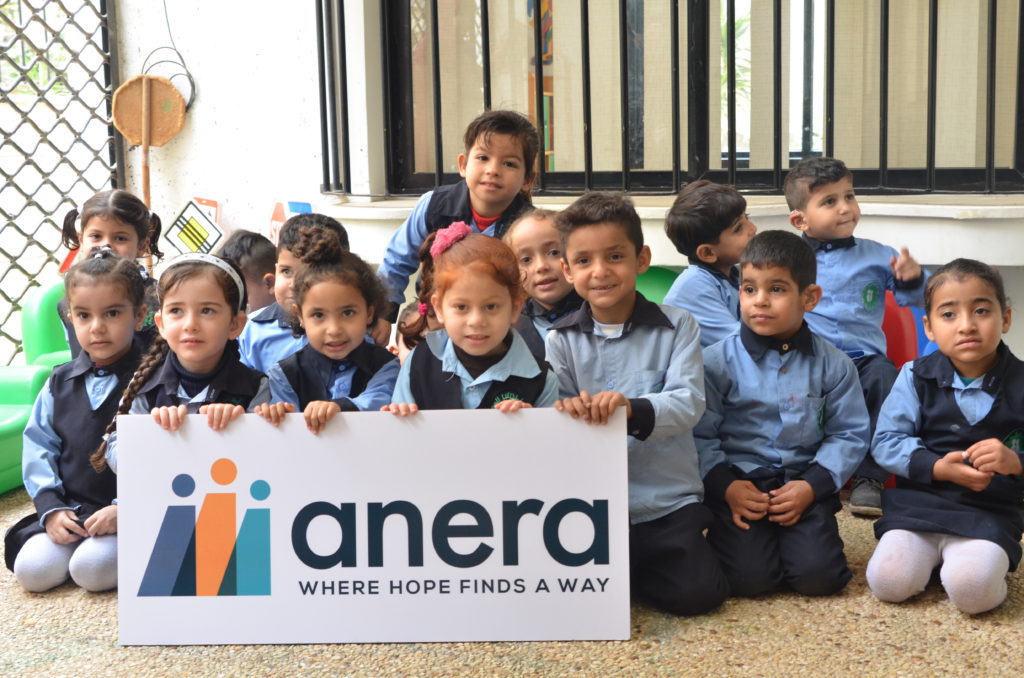

Anera unveils a new look, but with a re-commitment to its original mission of serving vulnerable communities in Palestine and Lebanon. Thanks to our community of supporters and generous donors, Anera has been able to carry out its vital work for 50 years. Thank you for being part of the Anera family.
2017
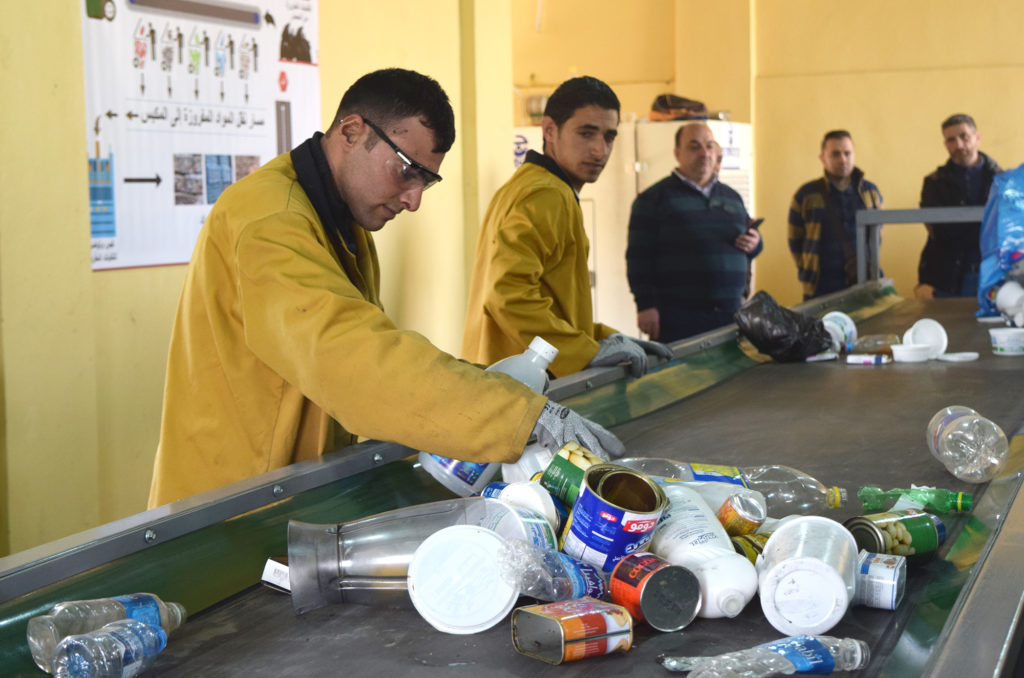

Anera and its supporters are leading the way in solid waste management in Lebanon. By 2017, the village of Mashha, with the help of Anera donors, inaugurated a new sorting and composting facility. Mashha is the first municipality in the Akkar region that manages a composting facility which has helped decrease waste by 30%. Recyclables are sold to pay for operations and the salaries of workers.
2016
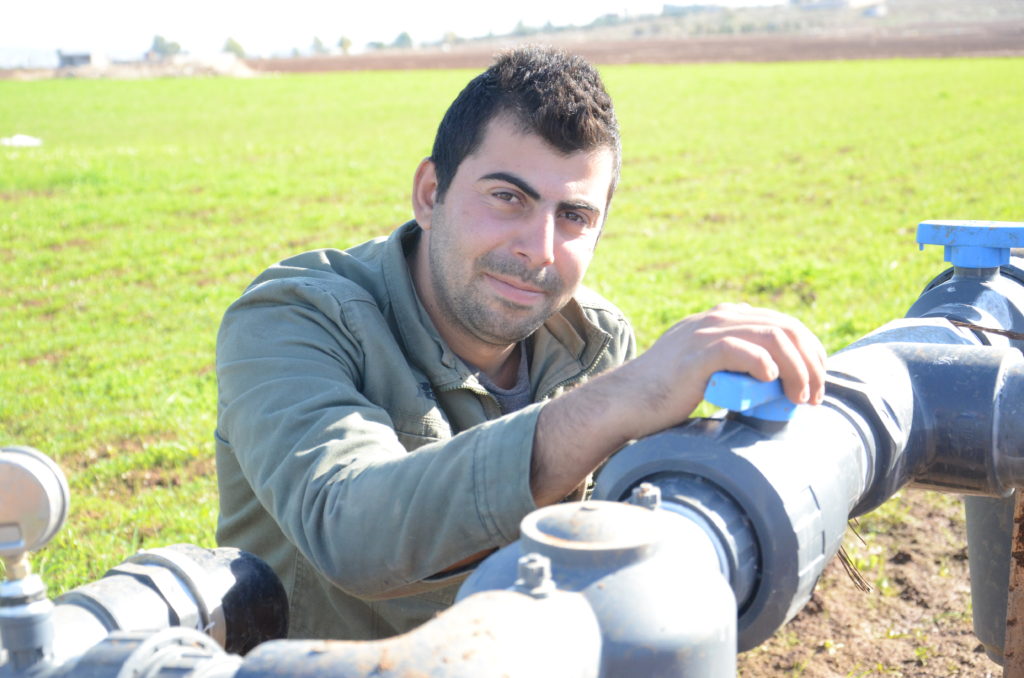

Anera’s first-of-its-kind wastewater treatment, storage and distribution system was completed in 2016 for the Jenin area of the West Bank. Now, an irrigation system pumps nearly two million gallons of treated wastewater daily to area 240 farms, increasing agricultural production and farmers’ incomes.
2015
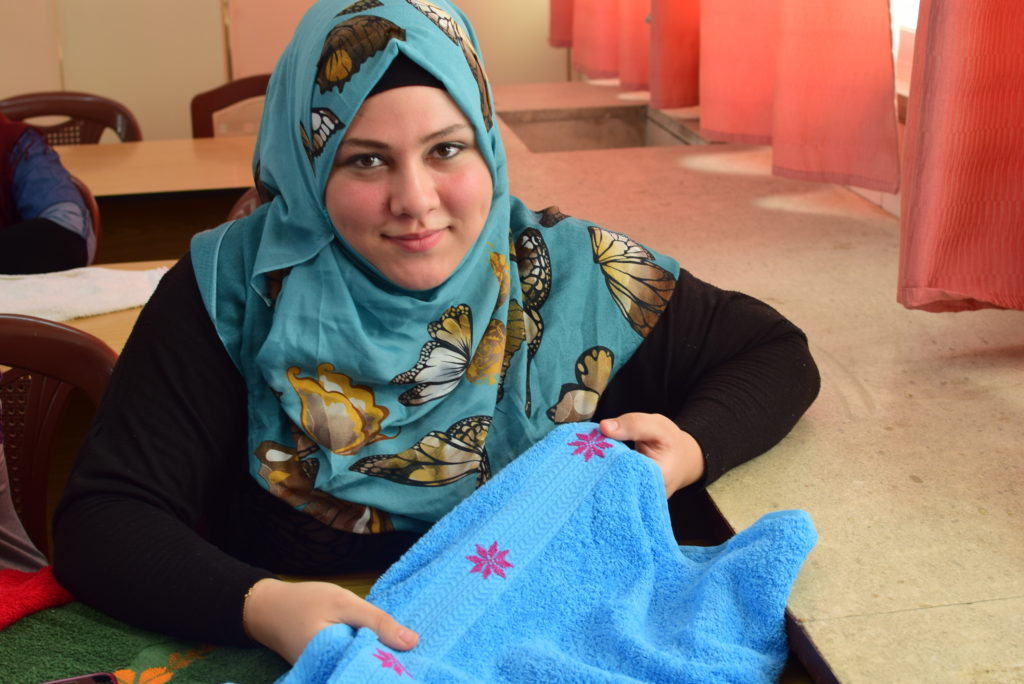

In response to the Syrian refugee crisis facing Lebanon, Anera started its partnership with UNICEF, implementing educational programs that provide young Syrian refugees (between 14 and 18) with transferable skills to help them join the job market or get back to into the school system.
2014
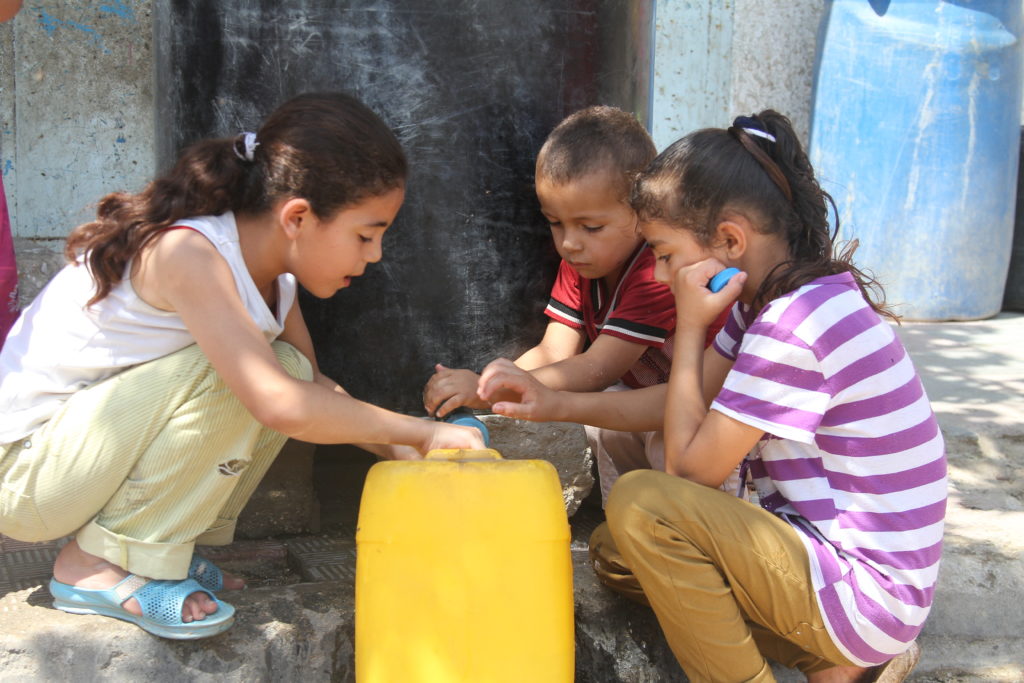

During and following the intense bombing of Gaza in 2014, because of the resilience of our Gaza staff, Anera donors were able to provide more than 4 million gallons of water, millions of dollars worth of life saving medicines and medical supplies, and thousands of gallons of fuel to run desalination plants.
2013
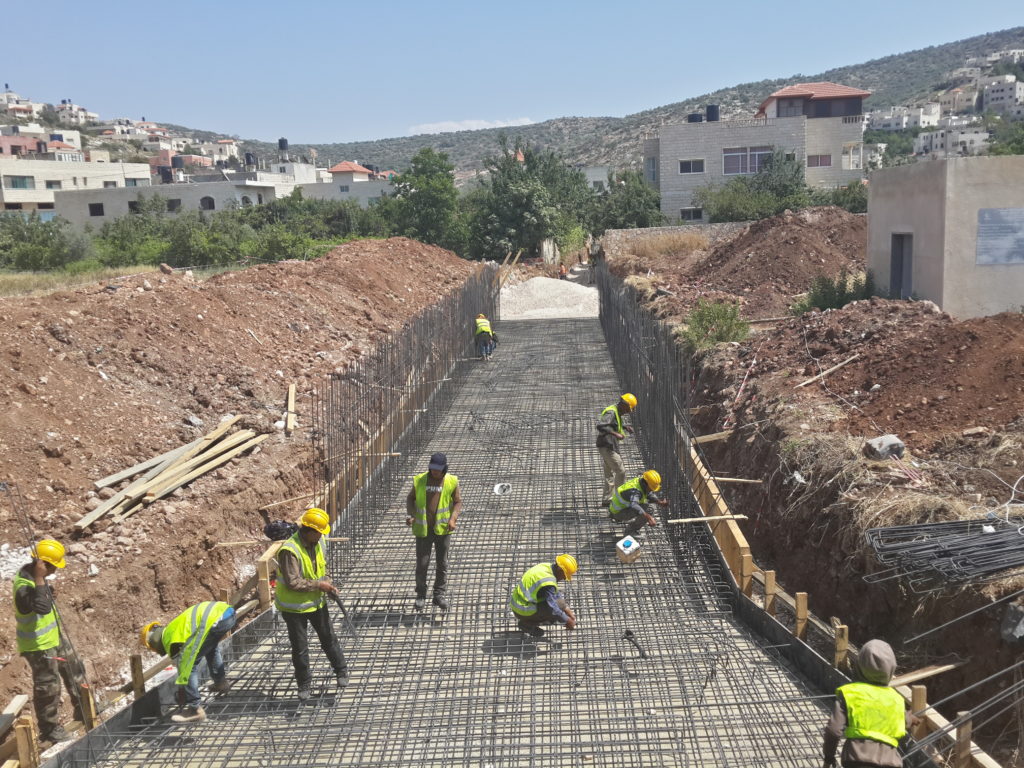

For years, the 22,700 residents of Qabatia faced the same challenge – rainwater flooding. In 2013, with funds from USAID, Anera’s Palestinian Community Infrastructure Development (PCID) project extended the existing storm water drainage channel and diverted the storm water via a safe route.
2012
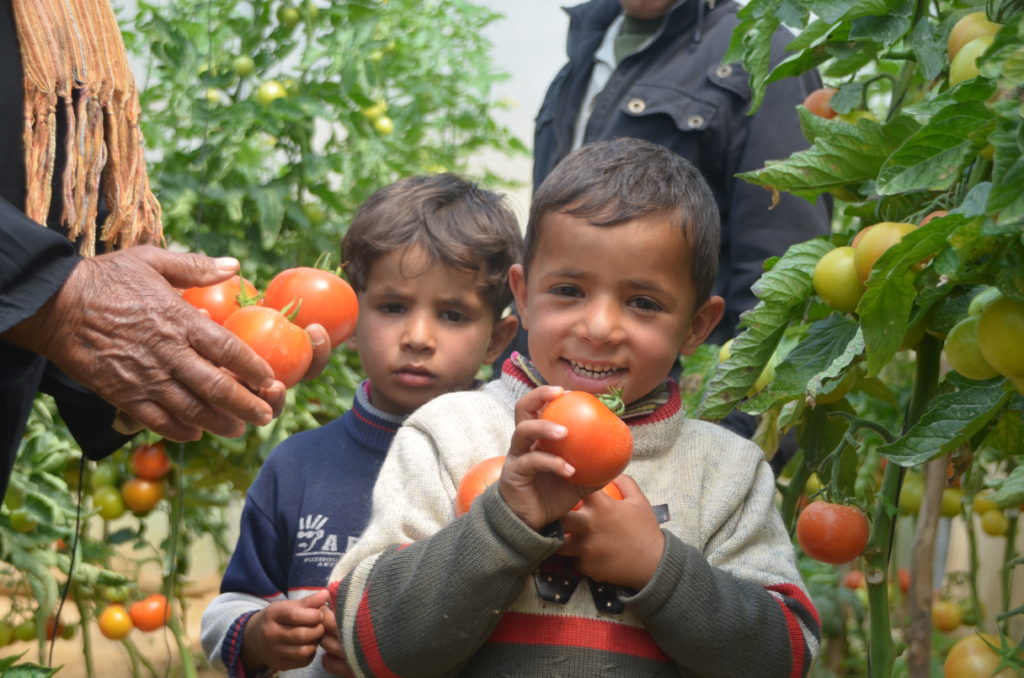

By 2012, Anera’s Gaza food security program was in full swing. Centered around the construction of a greenhouse for each family, the program improved access to healthy foods while increasing household income for Gaza’s most marginalized and food-insecure families. Since its inception, Anera donors have reached more than 1,100 Gaza families with greenhouses.
2011
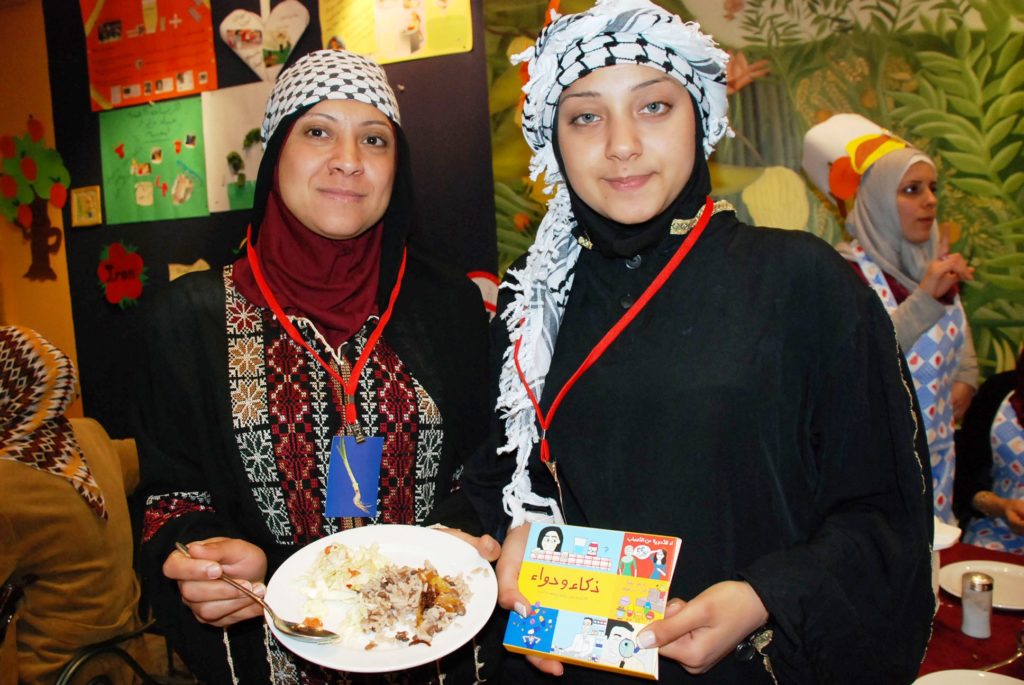

In coordination with local partners in Palestinian camps across Lebanon, Anera’s community-based health education projects were making an impact by 2011. Anera health campaigns spread the word about improving hygiene, quitting smoking, combating iron deficiency in children, and developing better eating habits. Anera staff and partners hosted fun and colorful parades and festivals in refugee communities and well as informative capacity-building workshops for community health workers and leaders.
2010
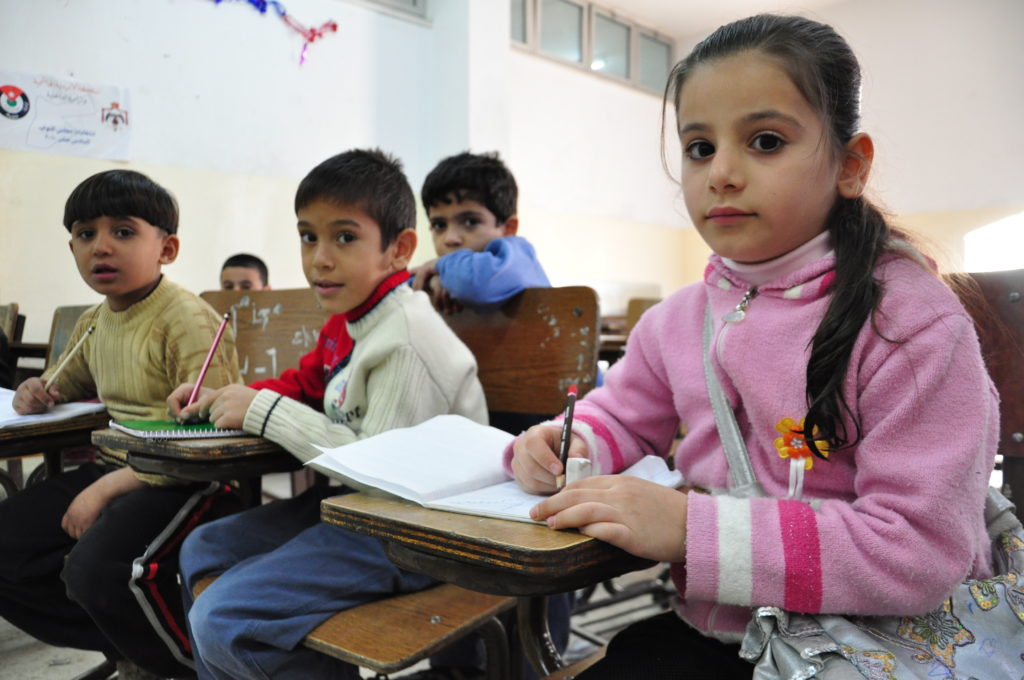

Between 2007 and 2011, Anera operated an office in Jordan that delivered donated medicines to charitable health care facilities and implemented programs in education and psycho-social support for Iraqi, Palestinian and Jordanian families. Much of this work was carried out in communities impacted by an influx of Iraq war refugees.
2009
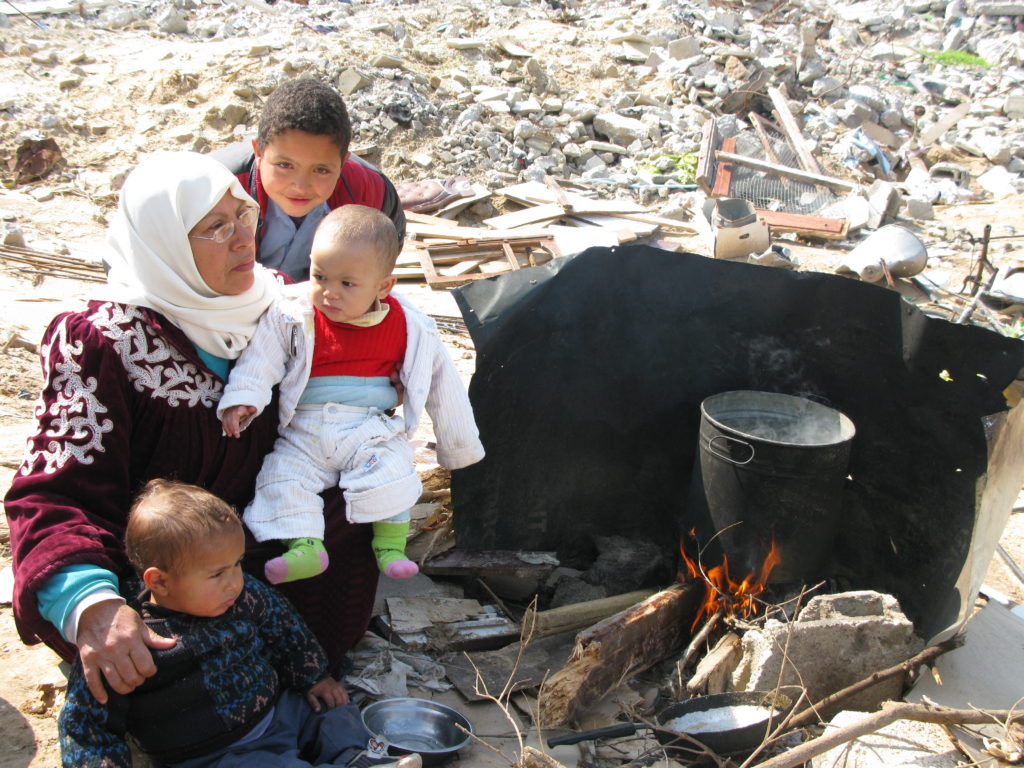

Following the devastation of the 2008-09 bombardment of Gaza, the Anera community helped provide relief in the form of food, water, medicines, and psycho-social support for families who were internally displaced. This would be the first of many relief efforts for Gaza in this decade.
2008
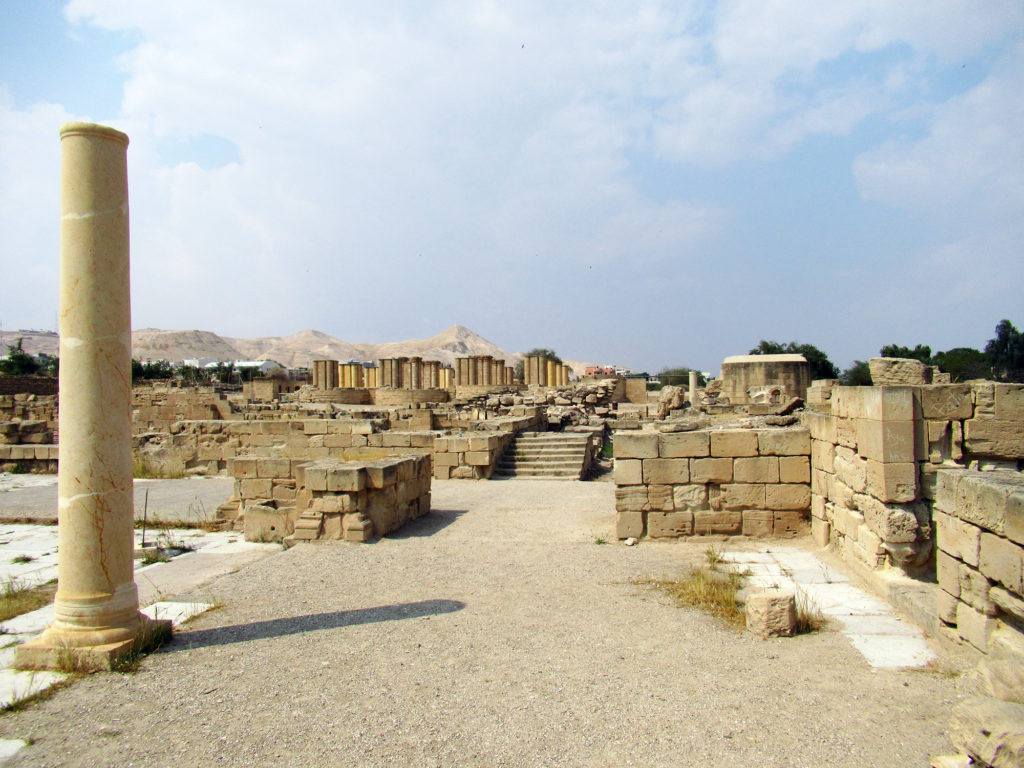

With USAID funding, Anera installed information signs, protective walkways, a display room and bathrooms at Hisham’s Palace, an important cultural site outside of Jericho dating back to the 8th century.
The Fourth Decade: 1998-2007
In 2005, a new office opens in Beirut, Lebanon and Anera’s programs grow to include public health education and community development work. USAID increased its support for Anera programs with several grants for our work in Palestine and Lebanon.
2007
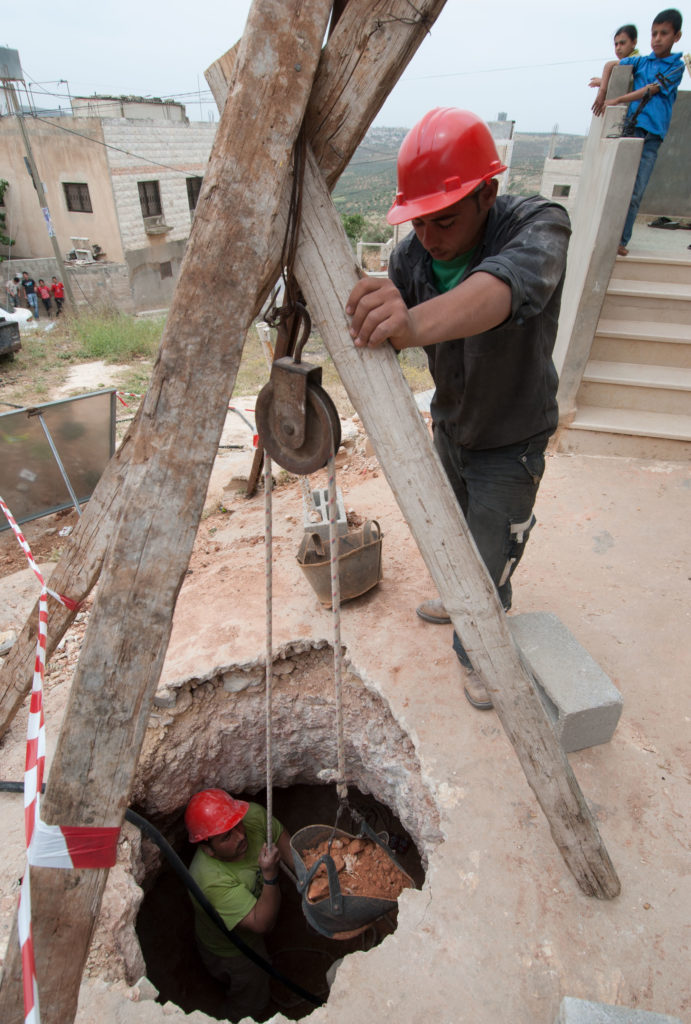

Anera excavated scores of cisterns near family homes in the West Bank, like this one in Aqaba, as part of a large USAID-funded program that responded to emergency needs, addressed water and sanitation humanitarian issues, and created short-term jobs in vulnerable Palestinian communities.
2006
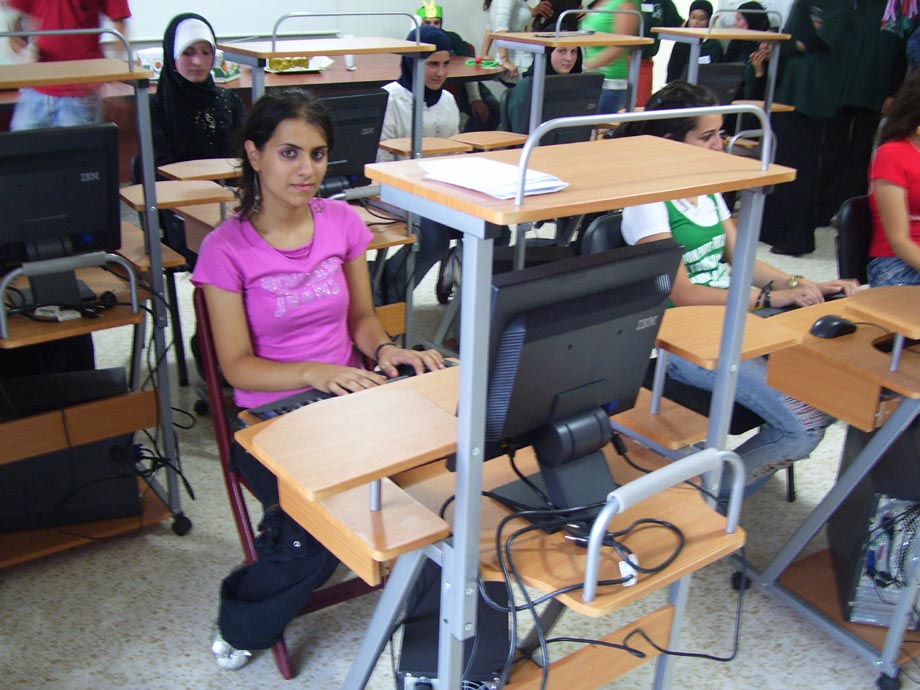

The war with Israel in the summer of 2006 devastated Lebanon’s economy and infrastructure. To respond, Anera launched a recovery project in southern Lebanon, focusing on restoring the capacities of community-based organizations through education and vocational training, marketing and information technology initiatives. Anera also rehabilitated and equipped three IT centers.
2005
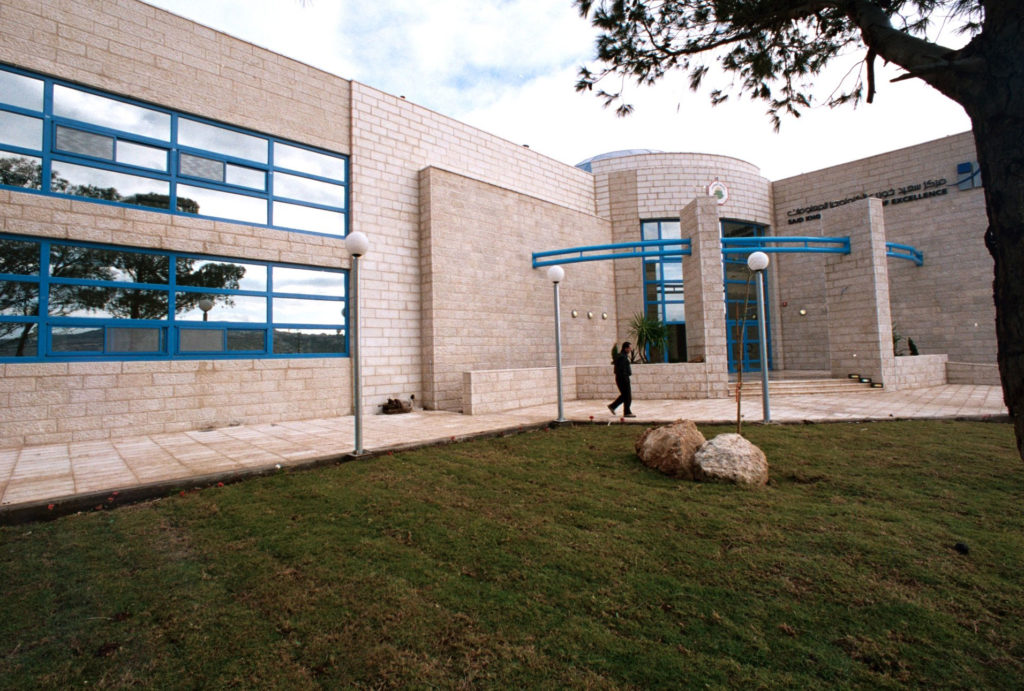

From 2002 to 2008, Anera donors built four IT Centers of Excellence at major West Bank universities in Hebron, Jerusalem, Jenin and Birzeit, linking Palestinians to each other and the world. The state-of-the-art facilities fostered entrepreneurship and promoted innovation through IT education and business incubation.
2004
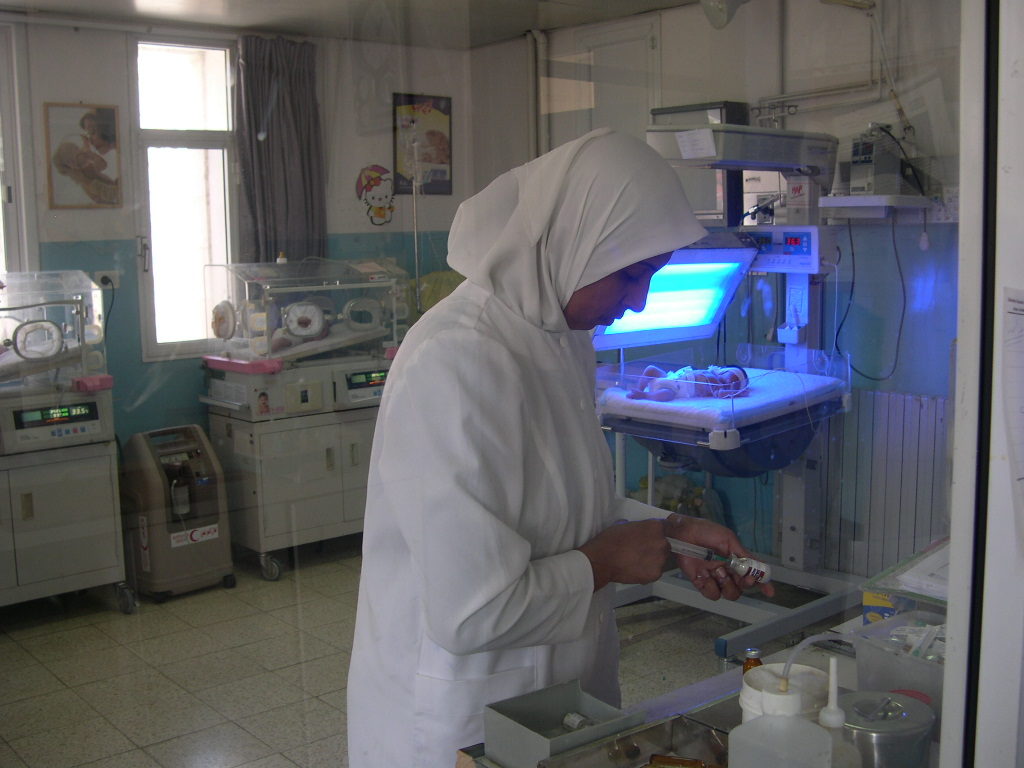

With funding from the National Arab American Medical Association, Anera provided vital medical equipment to the Pediatric Intensive Care Unit at the Al-Watani Hospital in Nablus. The unit was one of 14 health care facilities that Anera supporters upgraded and renovated in 2004.
2003
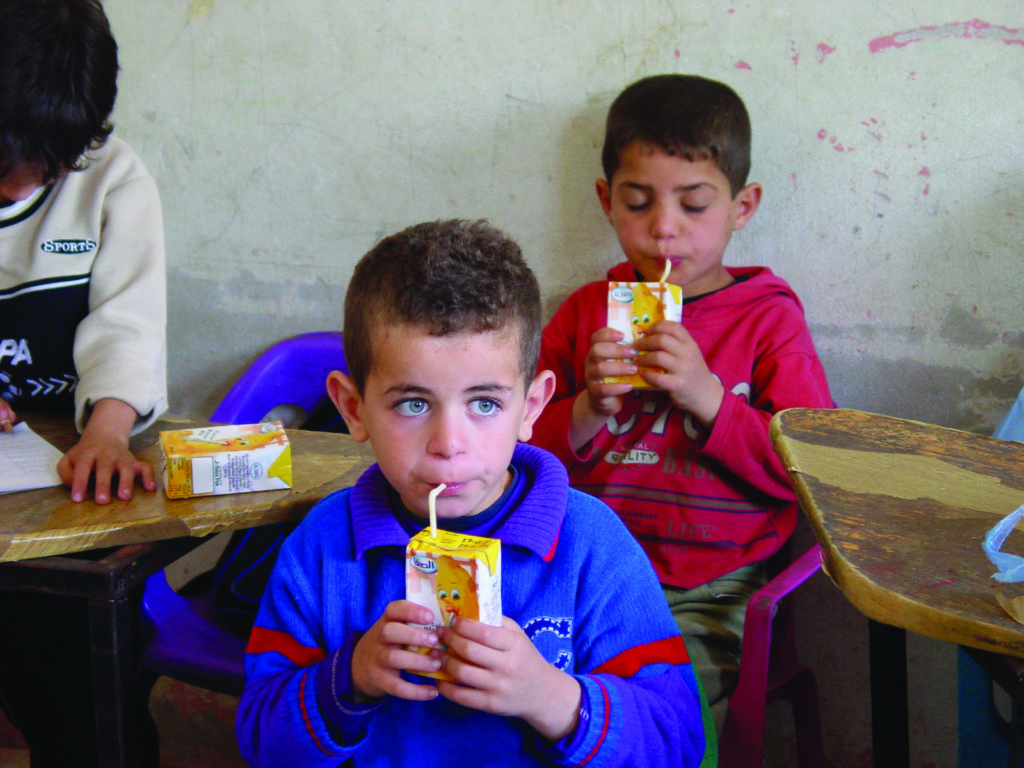

The Milk for Preschoolers program began in Gaza, supplementing the nutritional needs of the most vulnerable children with a snack of carefully fortified milk and biscuits. By the end of the program in 2011, Anera was daily feeding 25,000 children every year.
2002
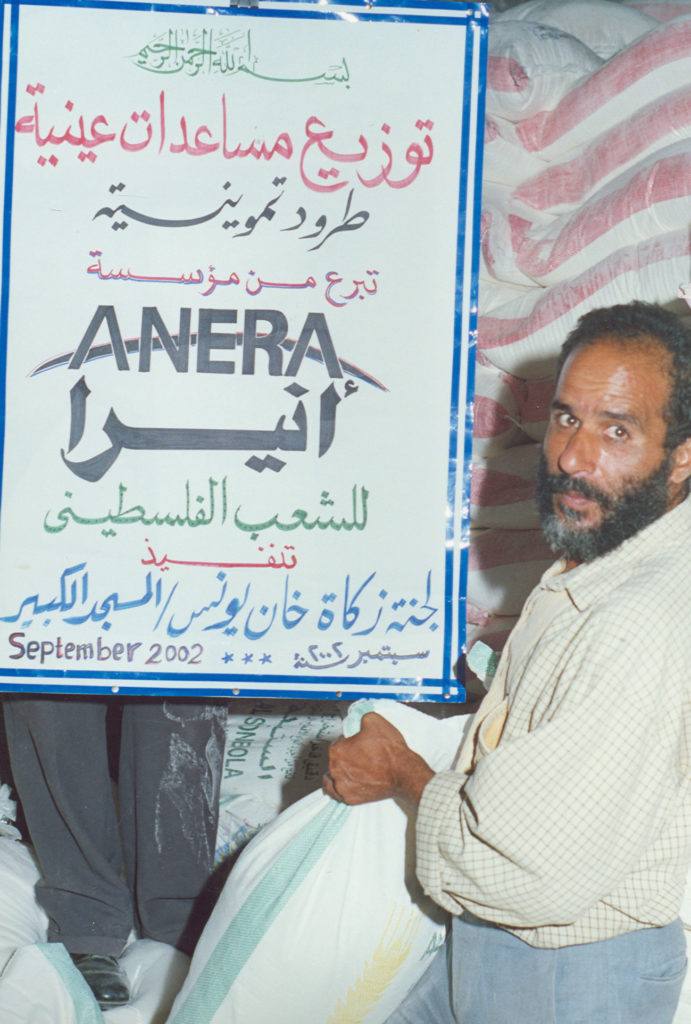

In the wake of the second intifada in Gaza, Anera donors ramped up their support for families, purchasing and distributing food supplies (photo in Khan Younis, Gaza), escorting convoys of food and medicines, and increasing the level of in-kind medical donations.
2001
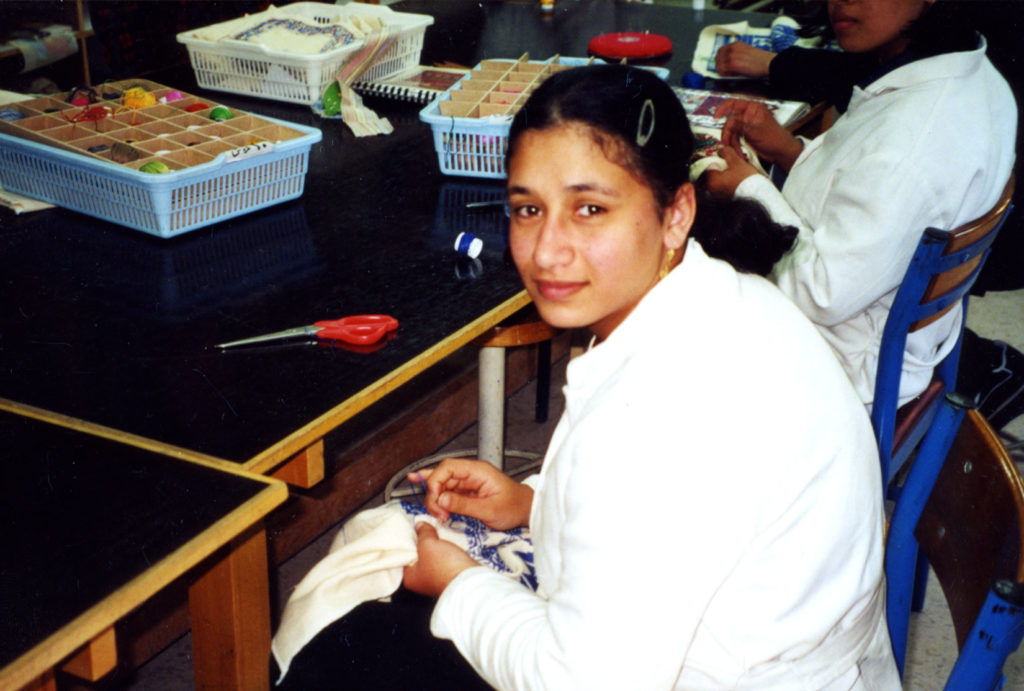

The Holy Land Institute (HLI) of the Deaf in Jordan became the eighth educational institution to join Anera’s scholarship program, the third working with children with disabilities, helping them to participate meaningfully in their families and communities, and to make their valuable contribution to civic society.
2000
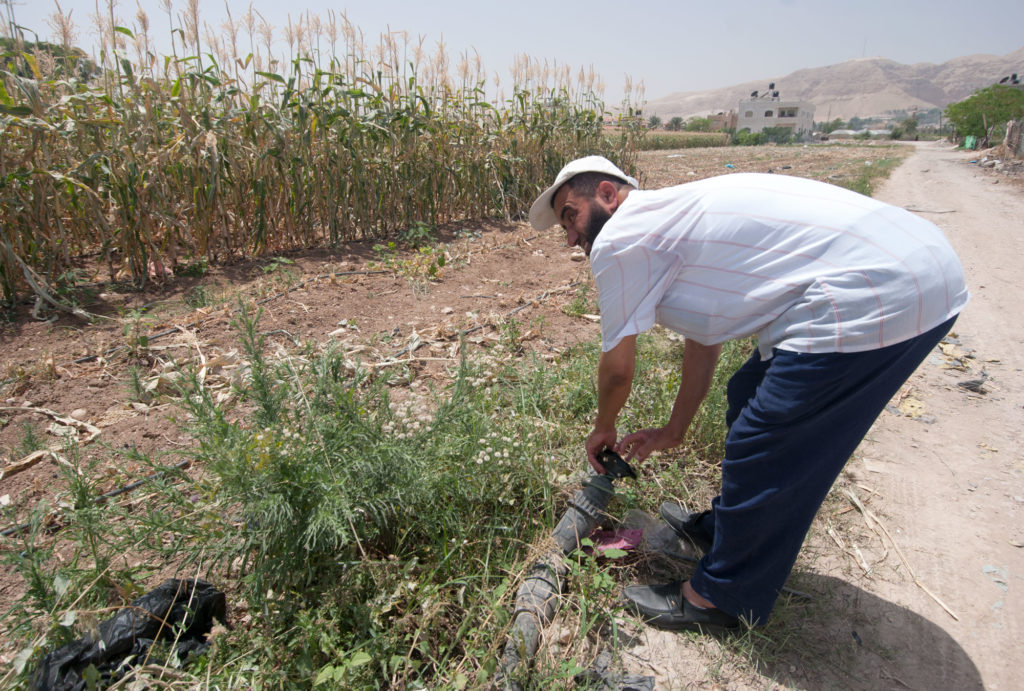

Anera began working on a major water conservation project in Jericho. Area residents relied heavily on the ancient subterranean Ein El Sultan spring for drinking and irrigation. Anera’s project replaced exposed and leaking irrigation canals with pipes and valves, and a water users’ cooperative formed to regulate the distribution of this precious resource.
1999
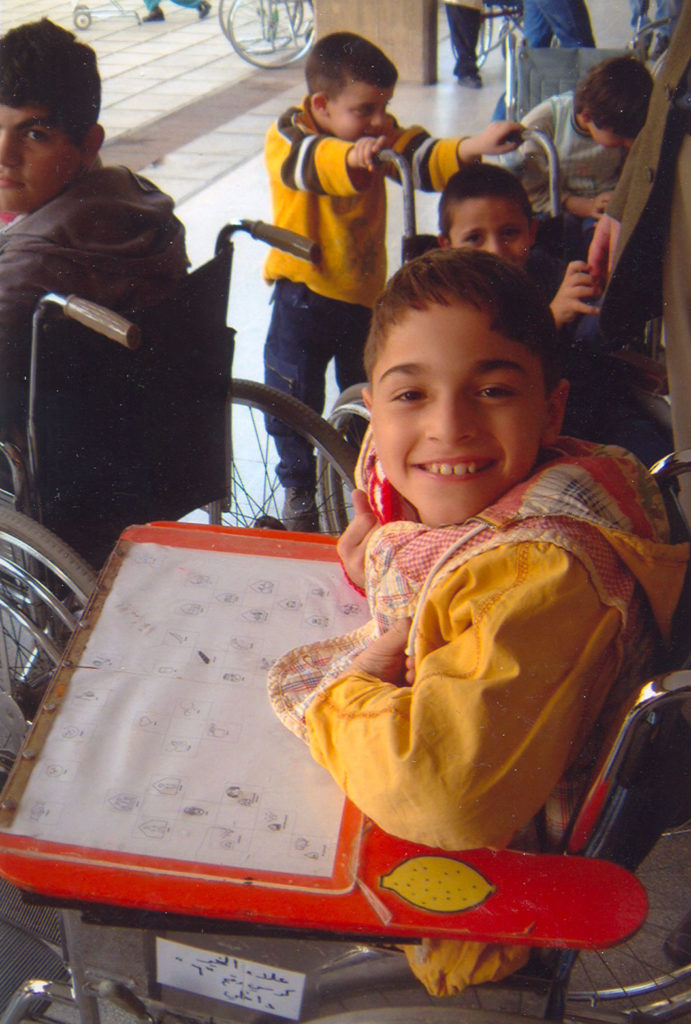

The Al Kafaat Foundation in Lebanon was one of six educational institutions Anera supported through its popular scholarship program. For 61 years, as of 2018, Al Kafaat has delivered vital educational and rehabilitation services to people who have disabilities across Lebanon.
1998
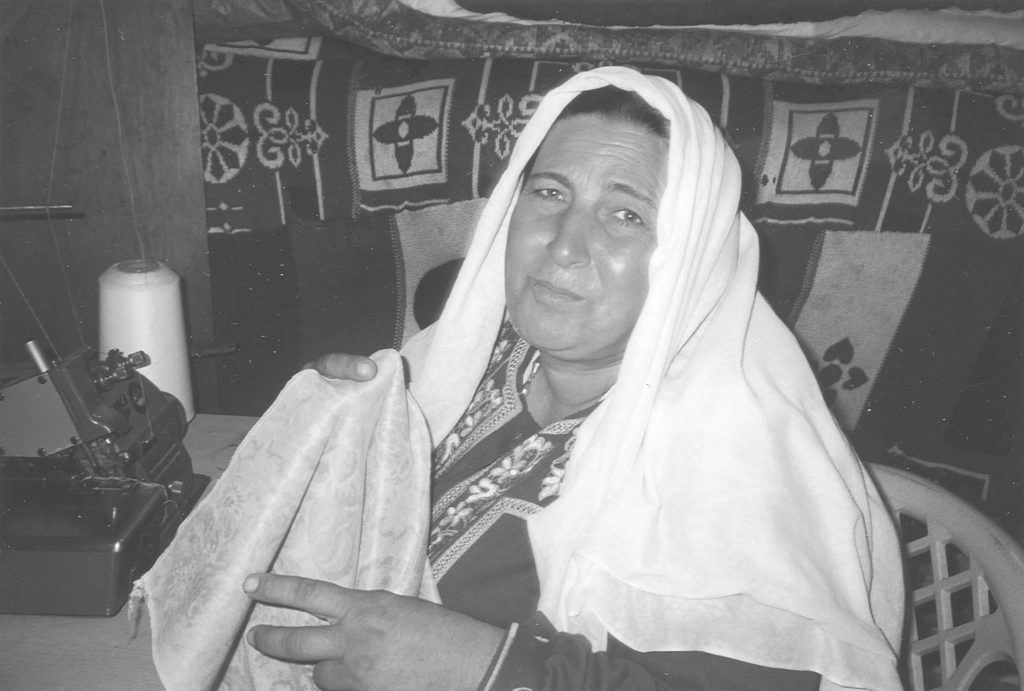

The Gaza Women’s Loan Fund entered its third year of existence, loaning nearly $1 million in capital to women entrepreneurs across Gaza. As of 2018, Anera supporters have assisted 5,676 women across Gaza through loans totaling $7,200,000 million.
The Third Decade: 1988-1997
Anera increased its support for building capacity at local Palestinian non-profits, from health care facilities to agricultural cooperatives. Lebanon was still in a state of war and Anera donors responded with shipments of medicines and cash support for Lebanese relief organizations.
1997
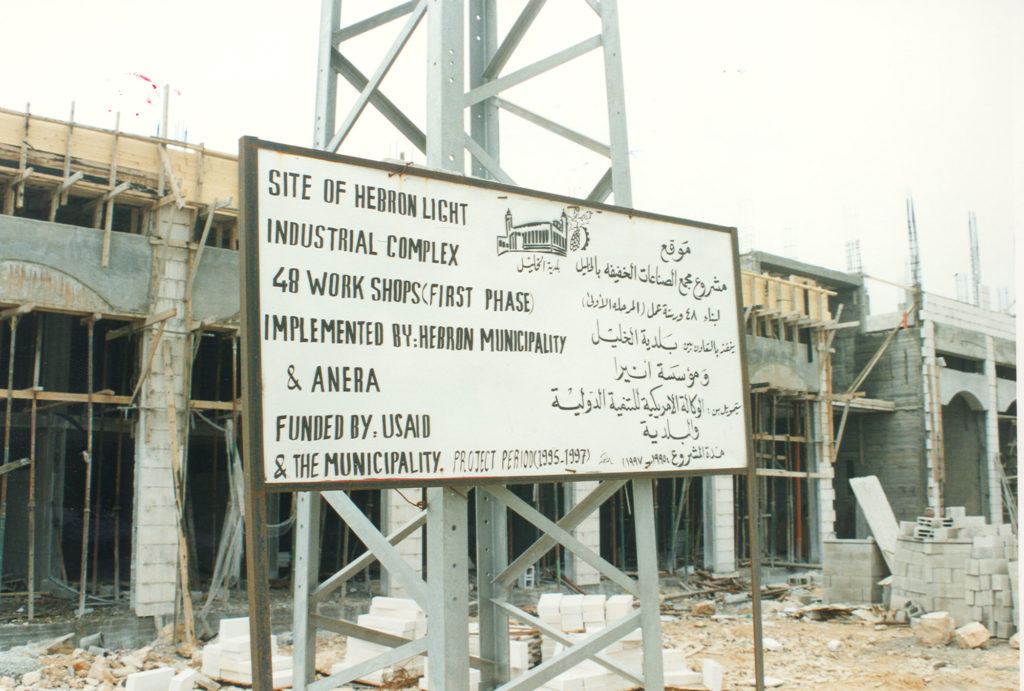

In four Palestinian towns, Anera worked with municipalities to build light industrial complexes to remove polluting industries from town centers and create jobs. This complex went up in Hebron and hosted 48 workshops.
1996
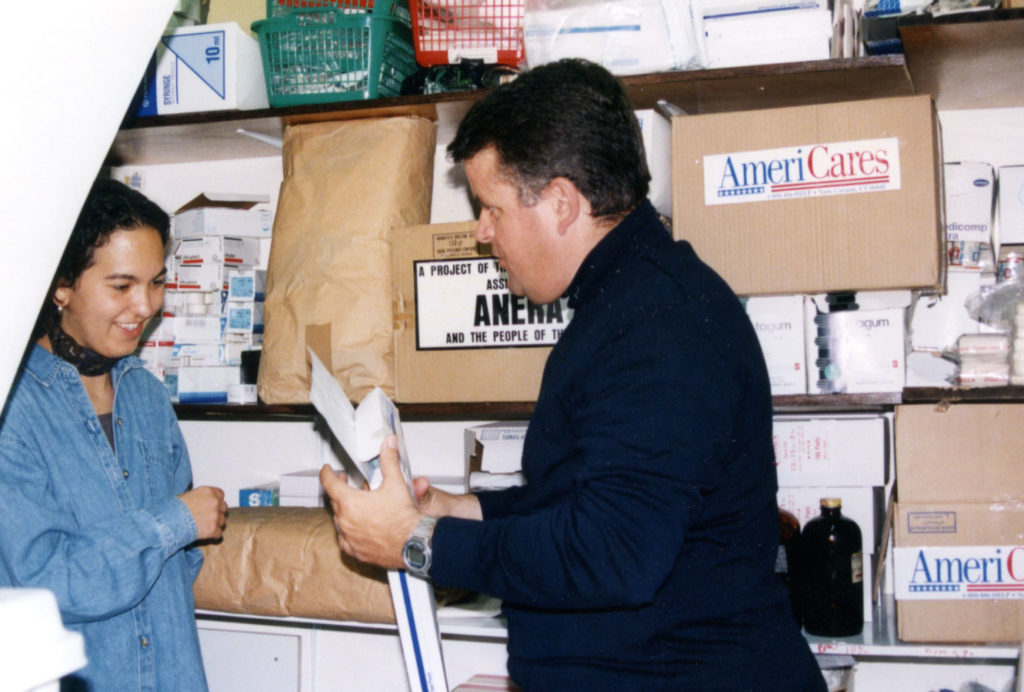

In the aftermath of the Al Aqsa tunnel crisis, Anera’s appeal for emergency funds was very successful. The quick response from our community of donors made it possible to ship $500,000 worth of medical supplies to hospitals and clinics throughout the West Bank and Gaza.
1995
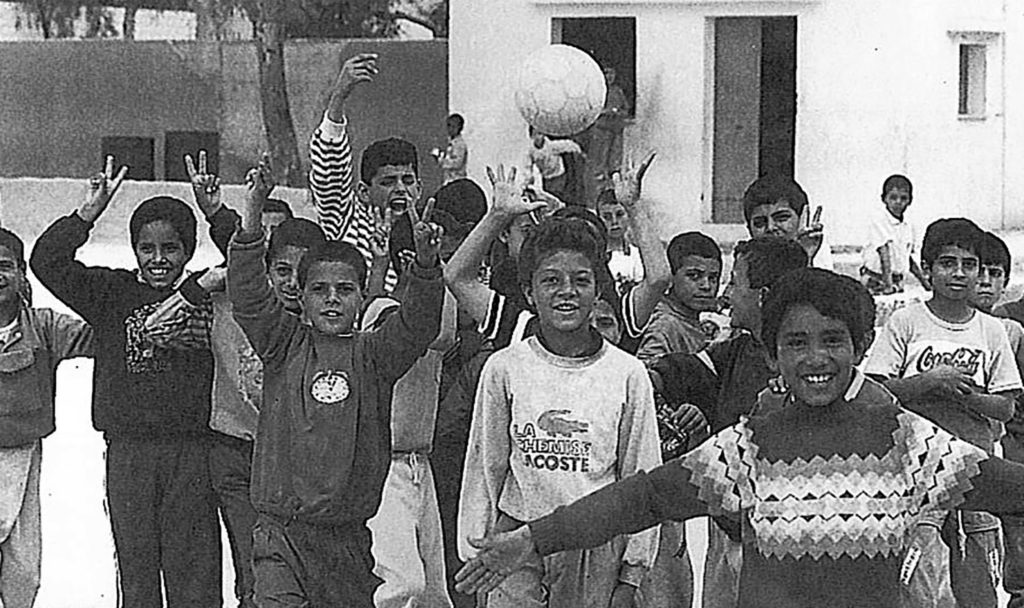

Working with the Gaza Soccer League, Anera built a soccer field out of a former dumpsite and bought uniforms and equipment. The project helped Gaza youth express themselves freely, learn the values of teamwork and ultimately gave them a sense of belonging.
1994
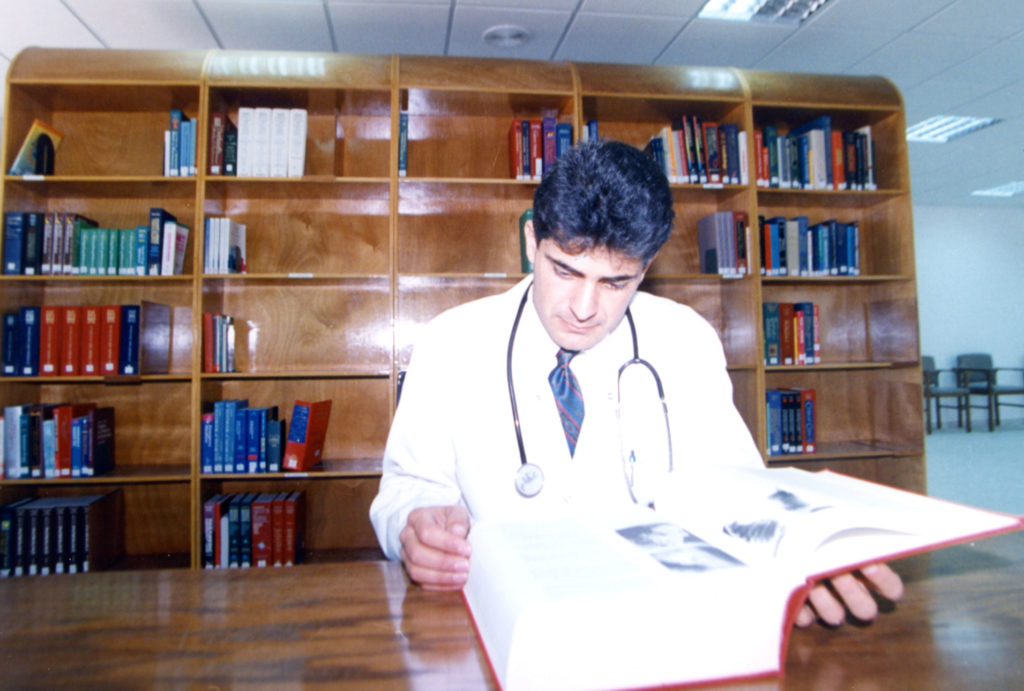

Anera donors funded the establishment of the medical library at the Al-Ahli Hospital in Gaza.
1993
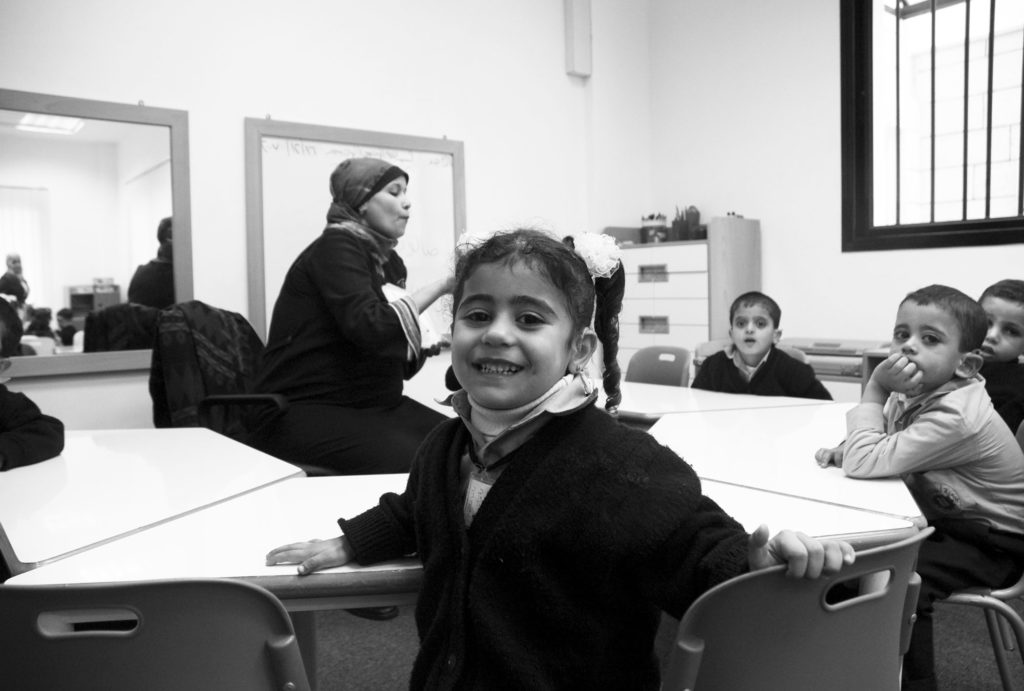

Atfaluna Society for Deaf Children opened in Gaza City and Anera donors began many decades of support for their important work. Atfaluna not only provides preschool through high school education for deaf children, the Society also has a vocational training program that builds up the talents of its graduating students.
1992
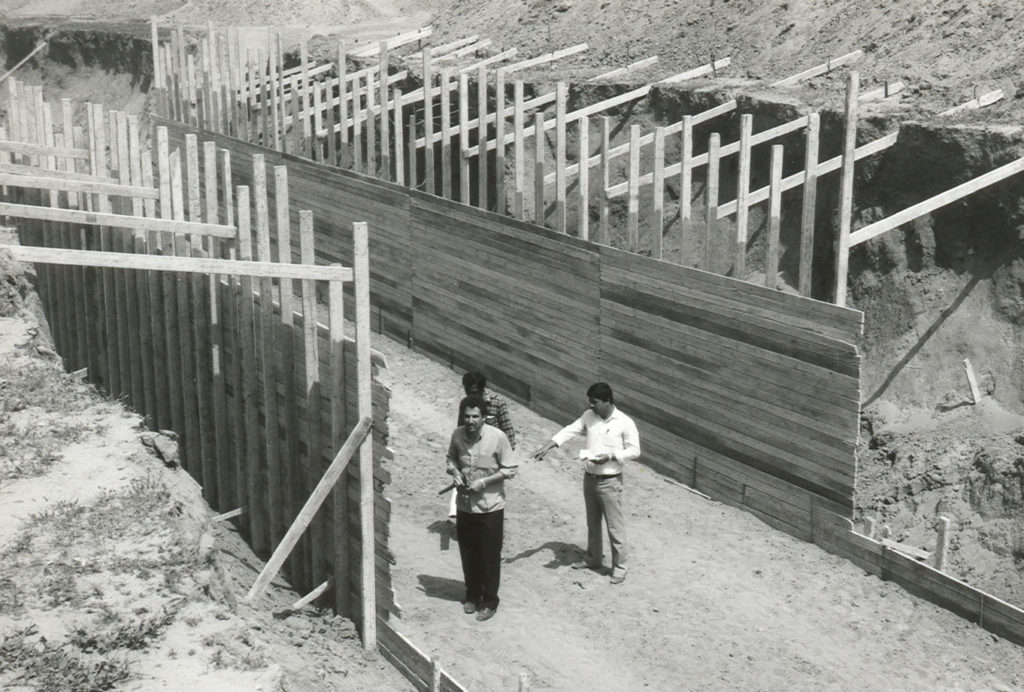

An Anera rainwater conservation project in Gaza channeled rainwater into a retaining pool, preventing flooding and allowing the collected water to be used for irrigation or to replenish depleted underground aquifers that were being tapped out.
1991
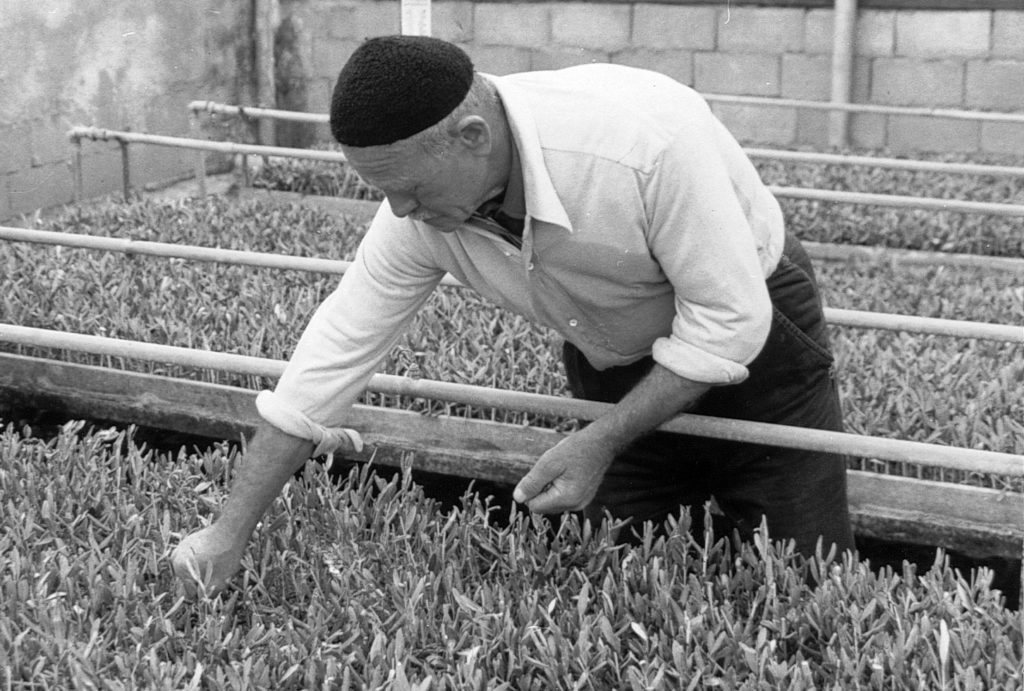

Anera implemented a microfinance program in five districts of the West Bank and two in Gaza. In 1991, the Palestinian Authority did not exist, so Anera worked with agricultural cooperatives to design a first-of-its kind loan program for helping small entrepreneur farmers. The program still exists today.
1990
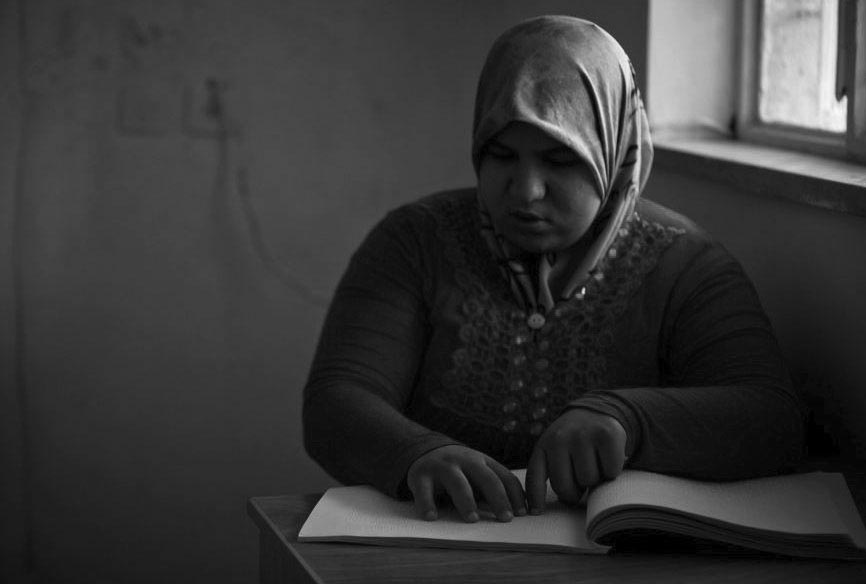

For many years, Anera’s community of donors supported the Peace Center for the Blind in Jerusalem. In 1990, because the center was overcrowded, Anera helped fund their expansion. [Steve Jeter, photographer]
1989
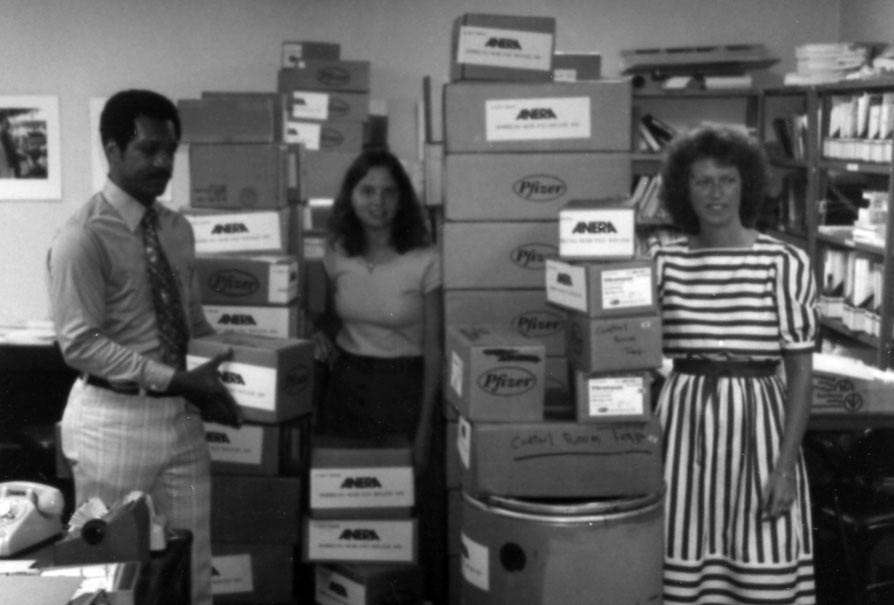

For three months, savage shelling in Beirut devastated a civilian population already battered by 15 years of war. Food and medical supplies were scarce. In response, Anera donors shipped $400,000 worth of medicine to clinics and hospitals, and provided additional funds to support local Lebanese non-profits.
1988
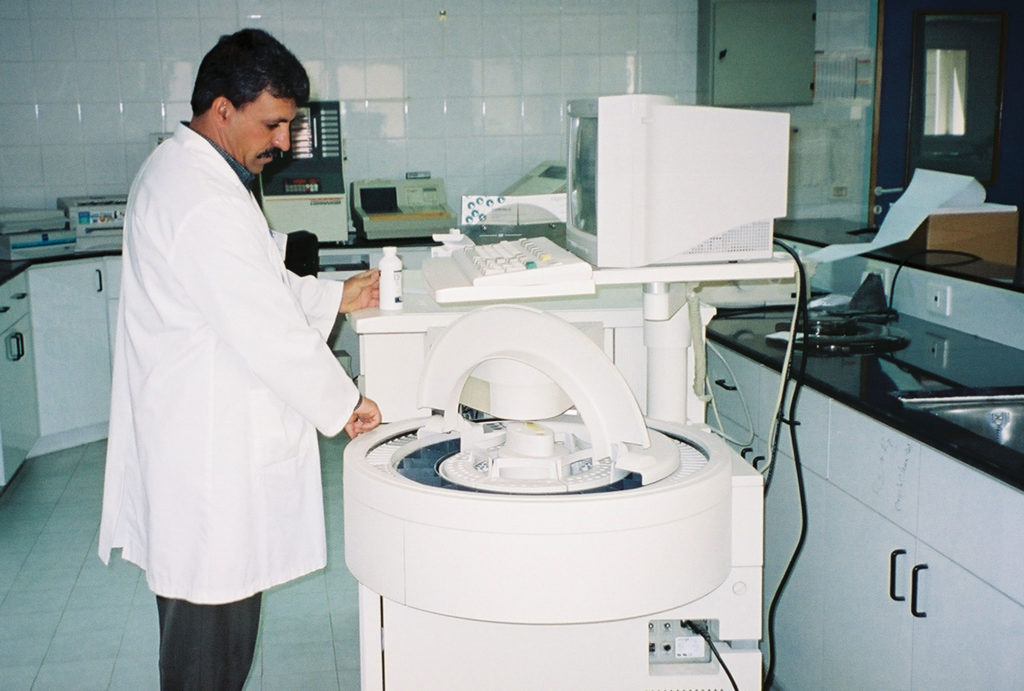

Anera was the first big donor for Al-Ahli Hospital in Hebron. Our community of supporters also helped establish diagnostic clinics in two nearby villages.
The Second Decade: 1978-1987
Anera supporters gave grants to dozens of local non-profits across Palestine and Lebanon in addition to delivering humanitarian relief to victims of the war in Lebanon. In this decade, Anera also undertakes more infrastructure work.
1987
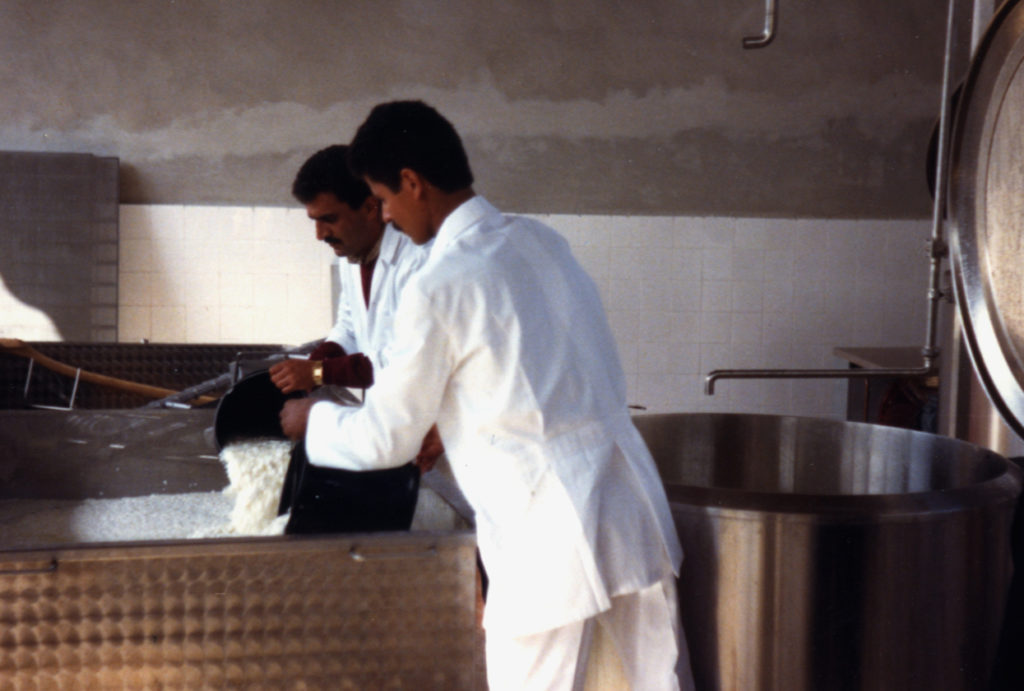

The first intifada erupted in 1987. There was a strong boycott of imports, which left a huge shortage of dairy products in the West Bank. Anera donors helped five cooperatives establish dairies to encourage farmers to become producers and promote best practices in dealing with milk-based products. The dairies were set up around Bethlehem, Nablus, Tulkarem and Hebron. Read about the Hamoda Dairy.
1986
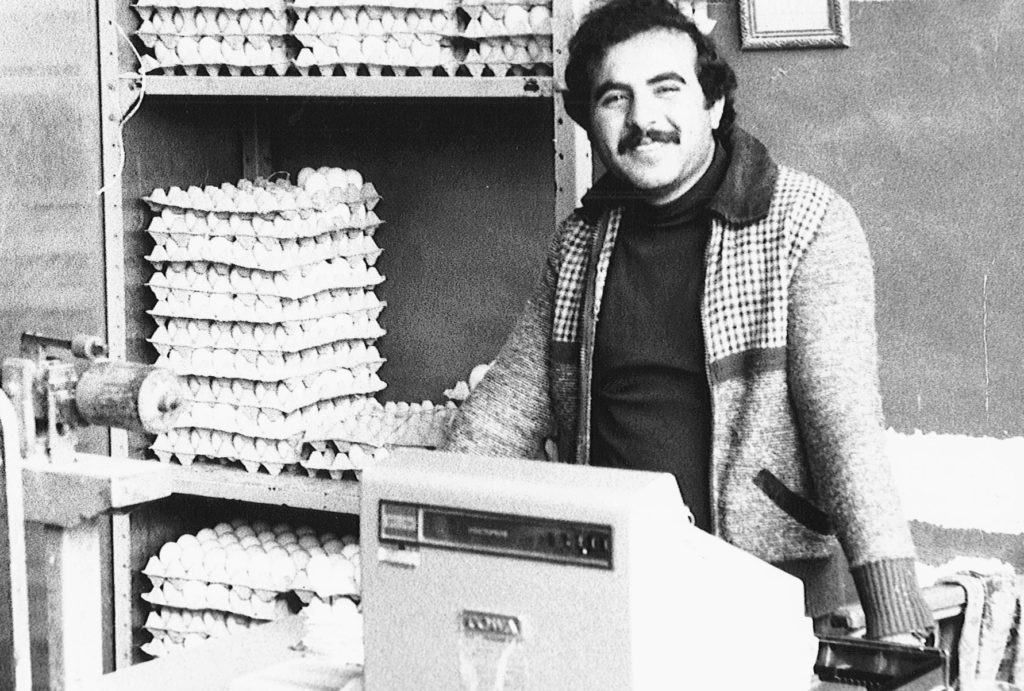

The Ramallah Poultry Cooperative was founded in 1974 with modest capital and many struggles. In 1978, Anera supporters helped build a feed processing factory, which allowed the co-op to expand production. Eight years later, the factory needed to increase their capacity and Anera donors were there again to help. The cooperative thrives to this day.
1985
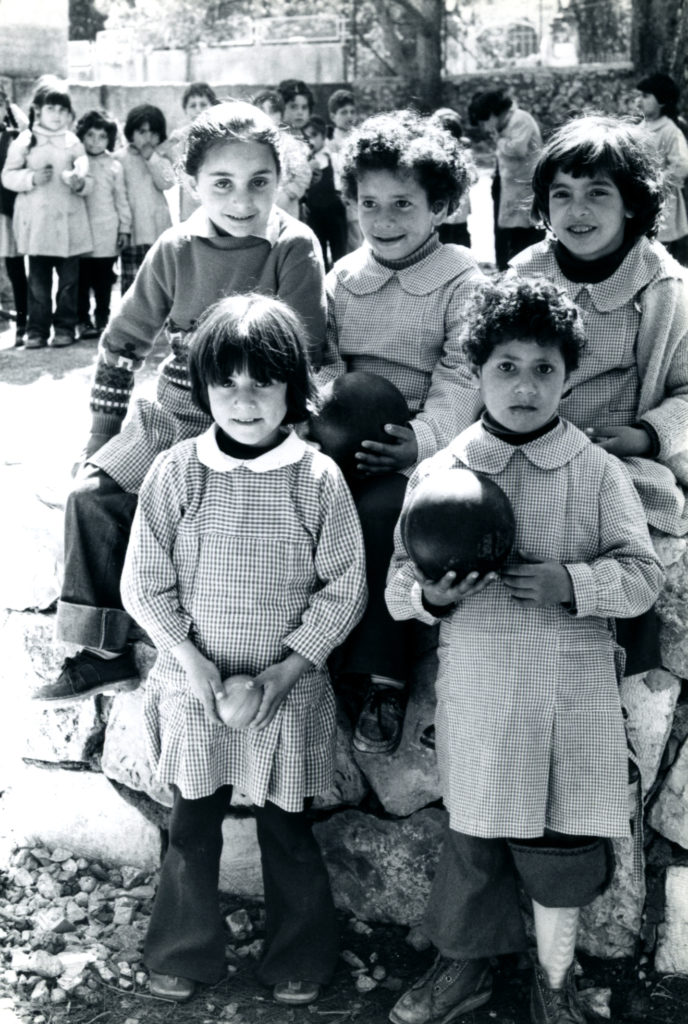

In 1985, Anera donors sponsor a year of education for more than 400 children in Rawdat El Zuhur and Dar El Tifl, two Jerusalem elementary schools.
1984
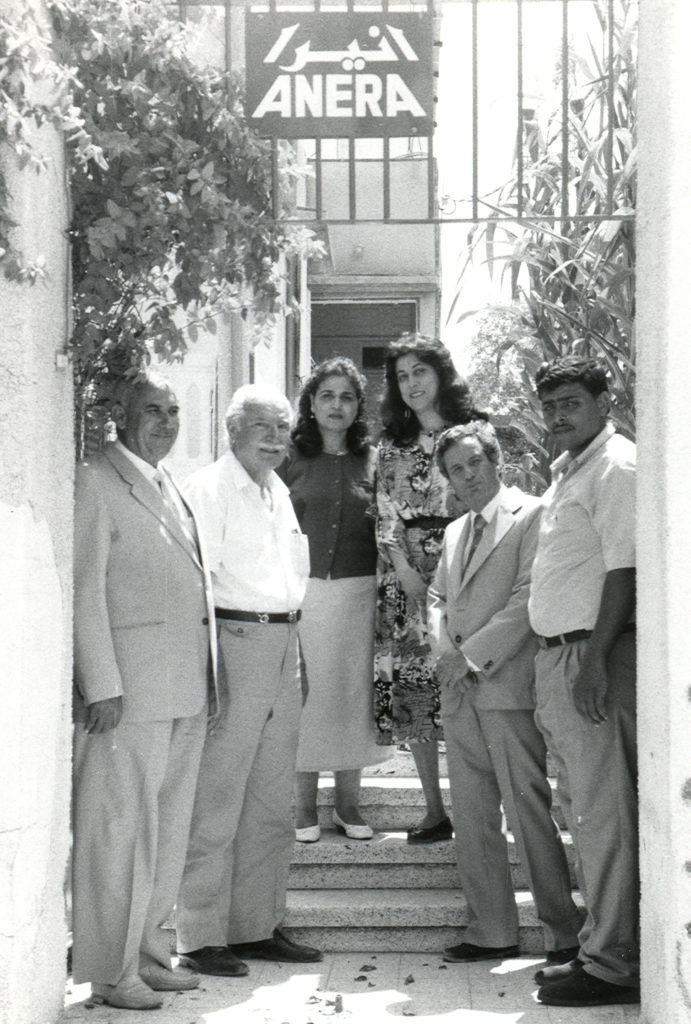

In 1984, Anera establishes a six-person office in Gaza. Over 30 years later, our wonderful office manager Sabah Al-Barakoni is still keeping the place running!
1983
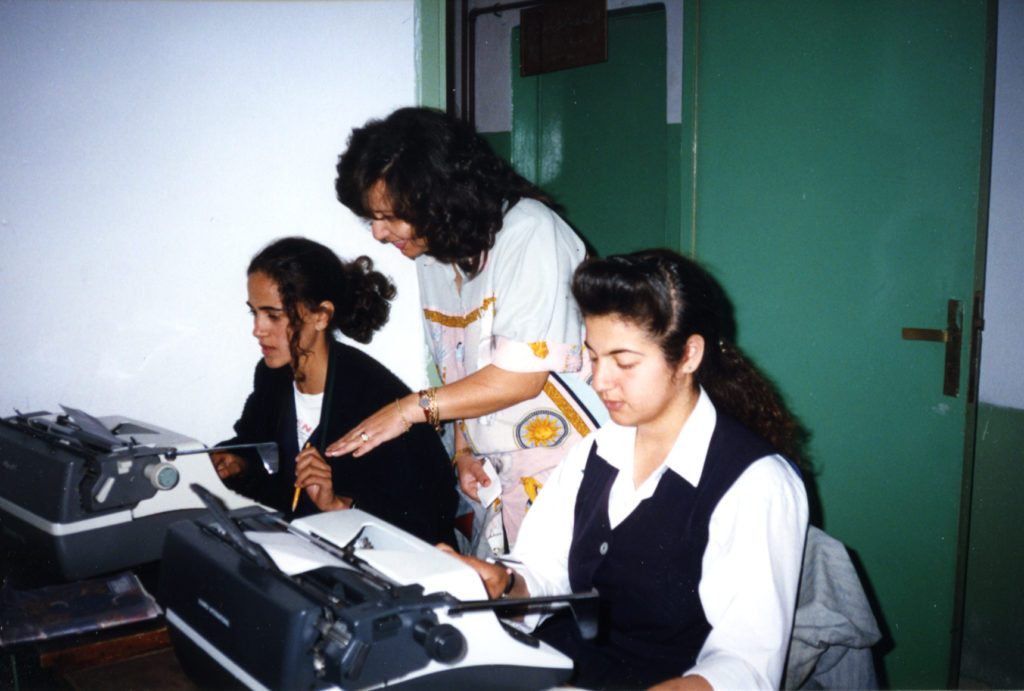

In 1983, the Anera community of supporters provides young people with scholarships so they can participate in job skills training programs in business education, teaching, carpentry, mechanics and welding.
1982
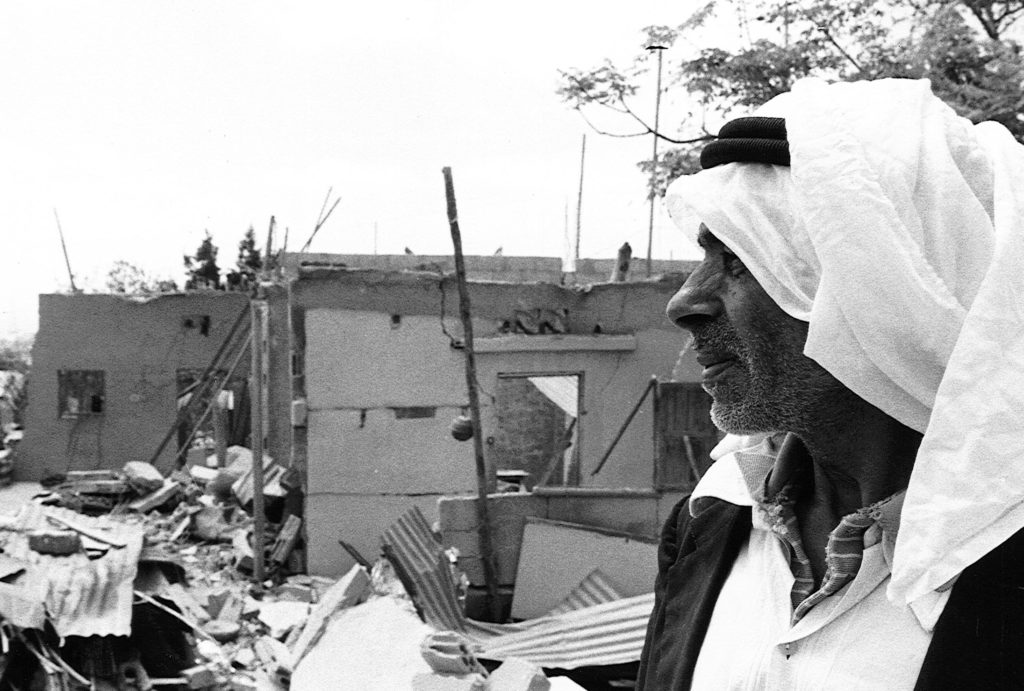

In 1982, Anera’s donors respond to a call for funds to help Lebanon in the wake of bombings and invasions from Israel. In three months, Anera supporters gave $100,000 for relief efforts and Anera shipped $300,000 worth of vital medicines.
1981
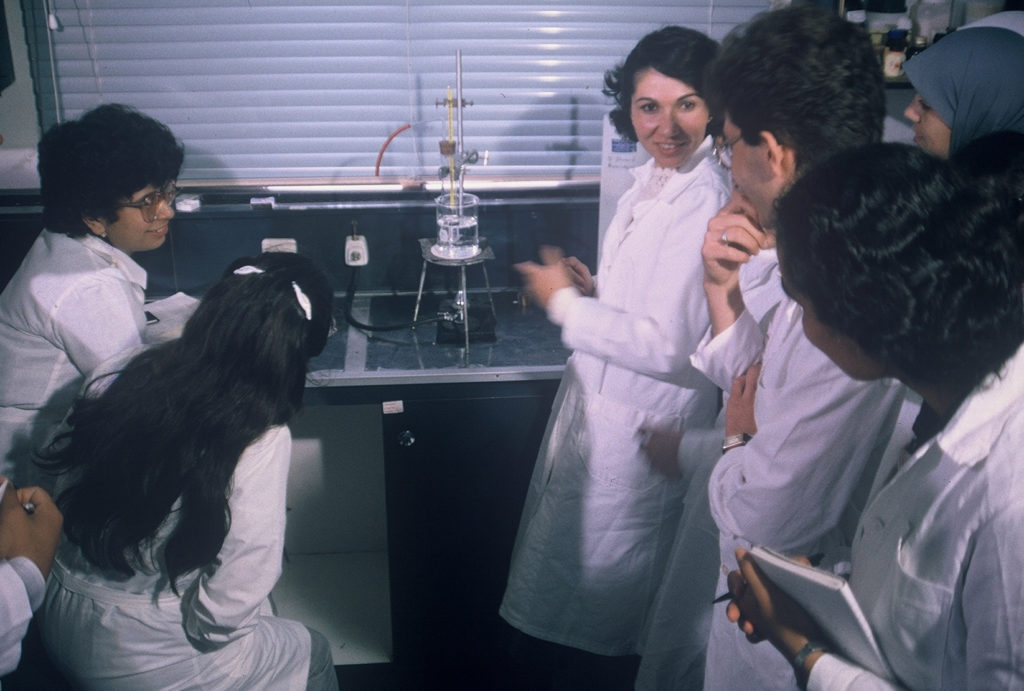

In the late 1970s and early 1980s, the Anera community supported the establishment of three universities in the West Bank: Birzeit, Bethlehem and Al Najah. These institutions had a major impact on Palestinian women, who no longer had to leave home to get a higher education.
1980
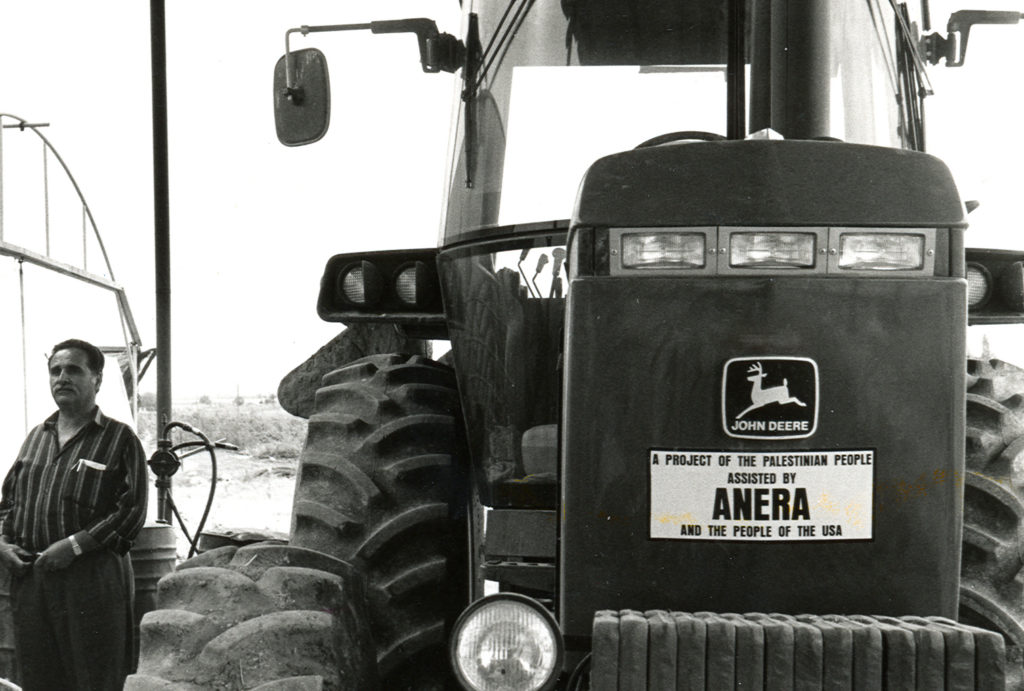

Anera supporters assist agricultural cooperatives throughout Gaza and the West Bank with farm implements, irrigation systems, loans, land reclamation and marketing services. Though he doesn’t look it, this Gaza farmer is happy to have access to this tractor his cooperative shares among its members.
1979
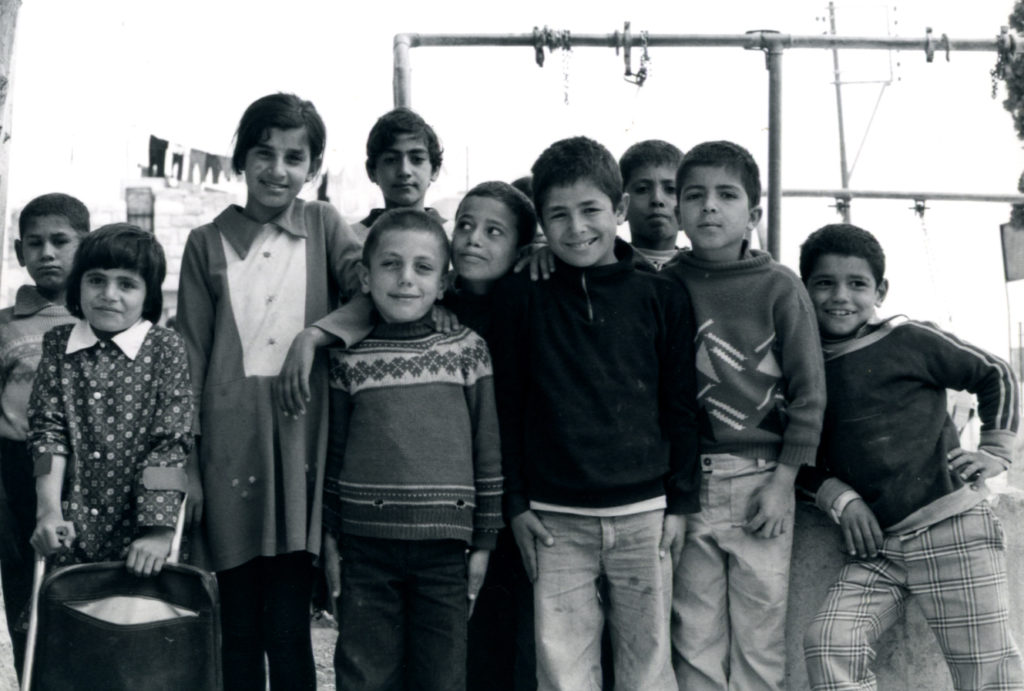

Jeel Al-Amal in Betheny, West Bank is one of several orphanages that Anera donors supported for many years with food, clothing, learning materials and shelter.
1978
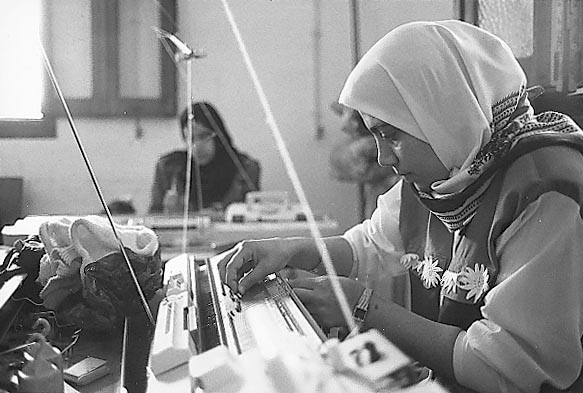

Anera donors support job training courses, such as those at the Arab Women’s Unions, to give Palestinian women the opportunity to earn income for their families.
The First Decade: 1968-1977
Anera started because a small group of concerned Americans felt they had to take action to help Palestinian refugees displaced from their homes in 1967. During the first decade, Anera supporters delivered relief supplies, medicines and educational opportunities in Palestine, Lebanon and beyond.
1977
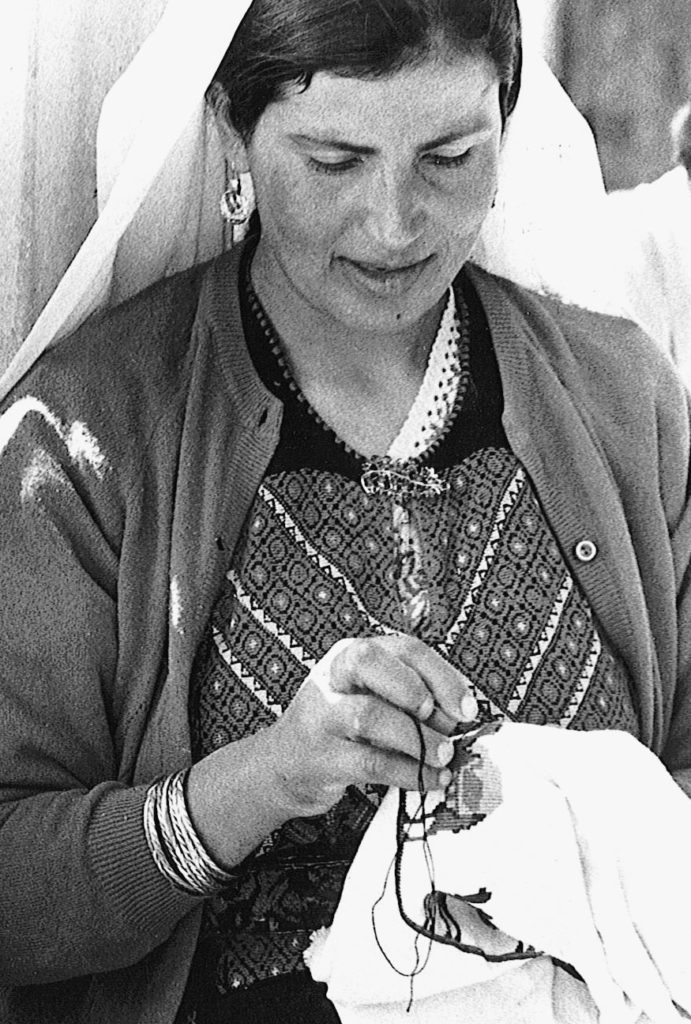

The Arab Women’s Union of Ramallah is one of six job-training and organizations Anera donors supported in 1977. Anera’s assistance included sewing and knitting machines, which women could use not only for practice but also for creating products to be sold.
1976
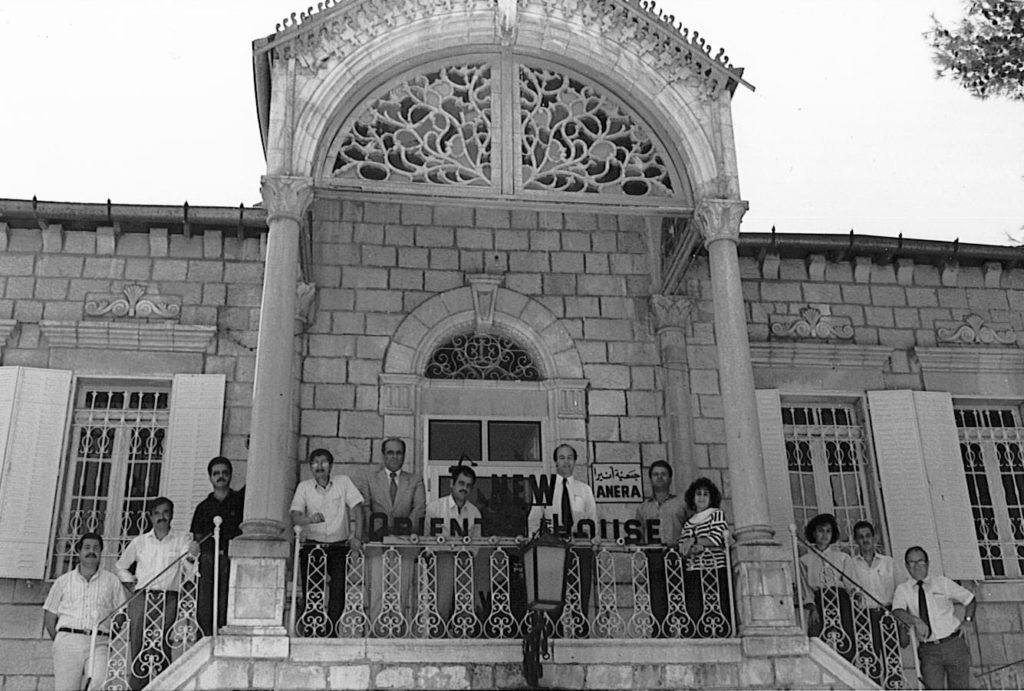

In 1976, Anera opened its first Middle East office in beautiful, historic Orient House in Jerusalem.
1975
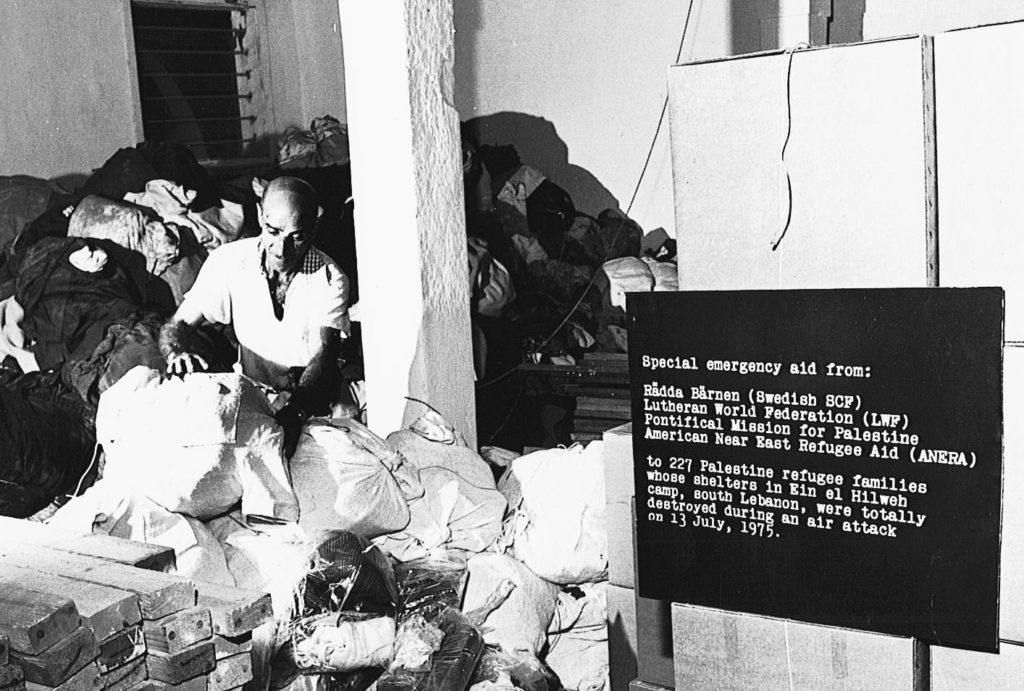

In 1975, Anera supporters sent relief supplies to families displaced by air attacks in the Palestinian refugee camp of Ein El Hilweh in Lebanon. Later in the year, during a ceasefire in the war, Anera sent $20,000 worth of antibiotics, medical and surgical supplies for those wounded in the conflict.
1974
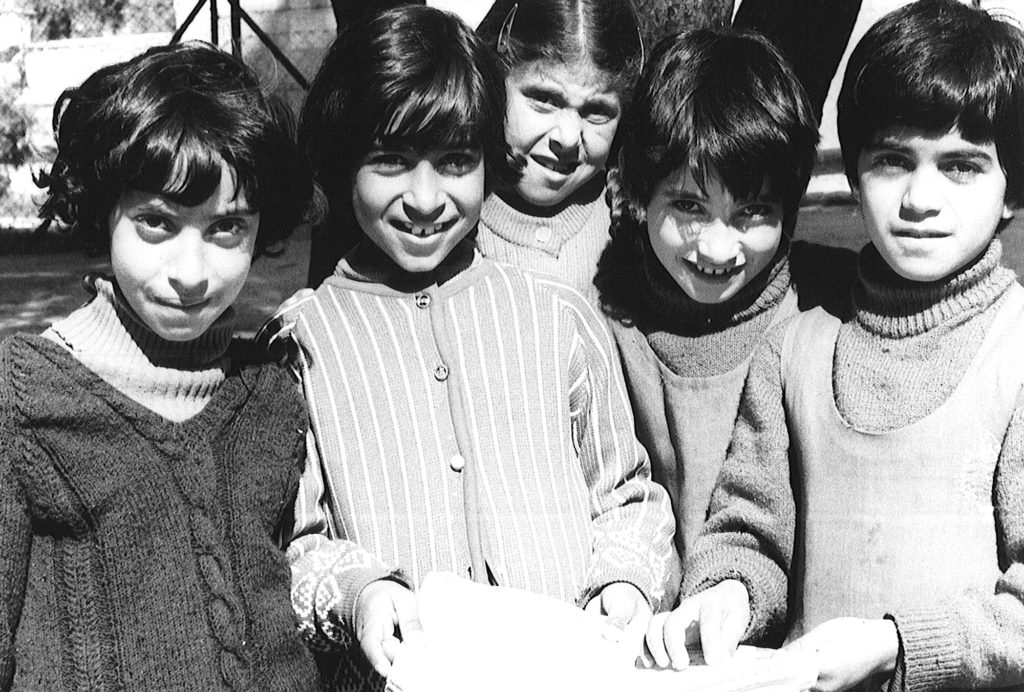

Dar El Tifl, a girls’ school in Jerusalem, becomes the second school to participate in the Anera Scholarship Program. The 30-year program included six schools in the West Bank, Gaza and Lebanon and supported thousands of children from first to twelfth grade.
1973
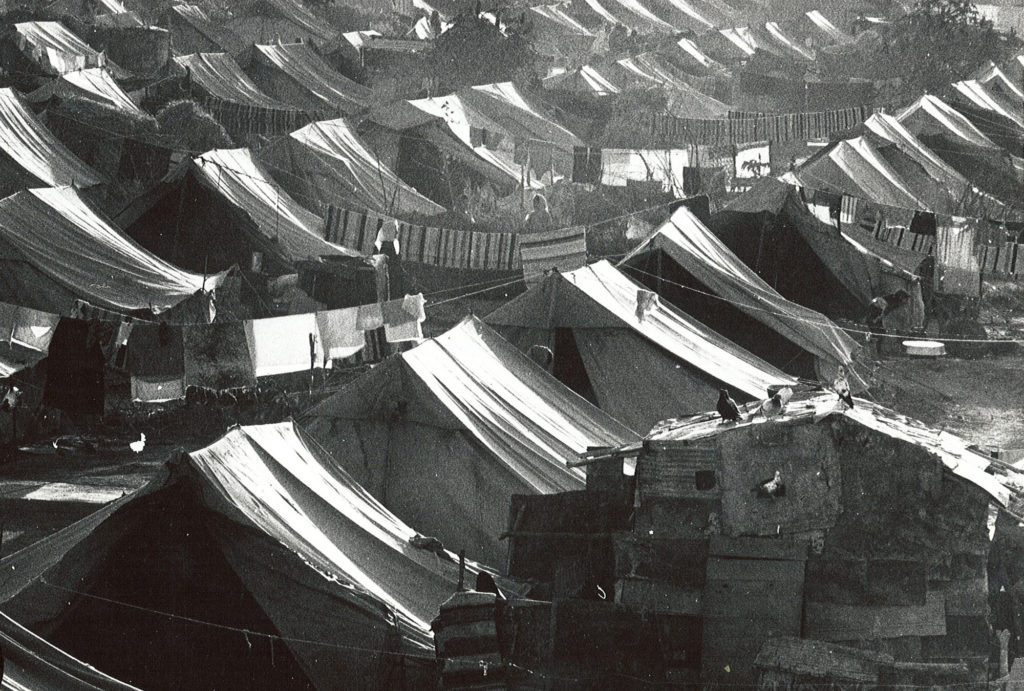

The bulk of Anera’s $2.2 million in cash and in-kind assistance in 1973 was allocated to alleviating the suffering of civilians caught up in the 1973 Middle East war. Anera’s funds helped in reconstruction and relief efforts in Syria, Egypt, the West Bank and Gaza.
1972
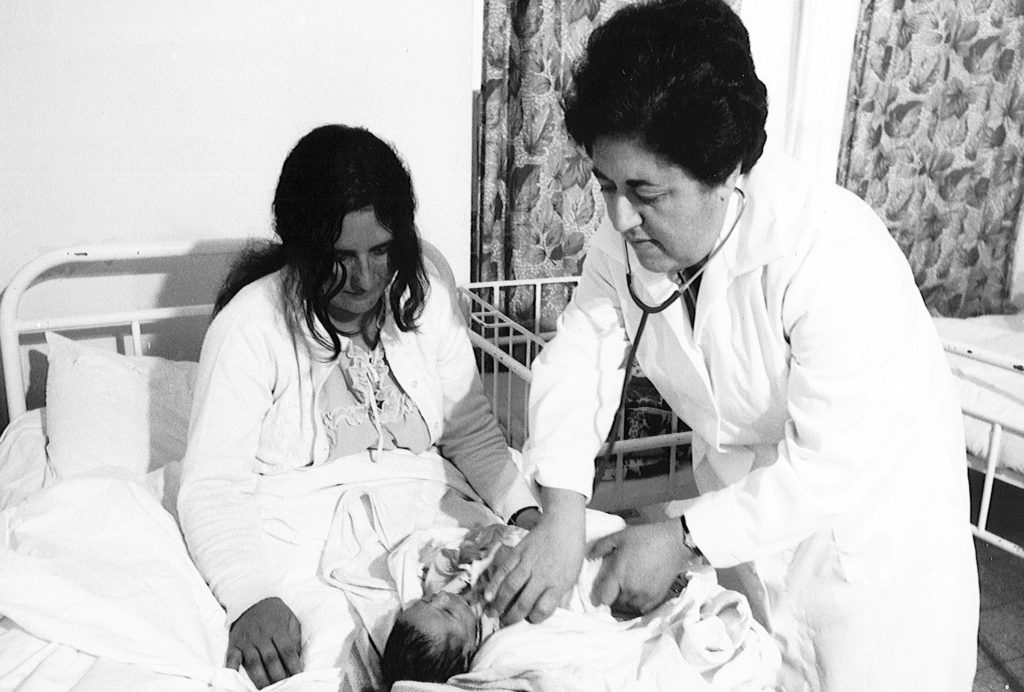

Anera began supporting Four Homes of Mercy, near Jerusalem, an organization helping people with disabilities, orphans, the aged and others in need of different kinds of assistance. Anera’s grants supported nurse training and other programs that provided youth with life skills.
1971
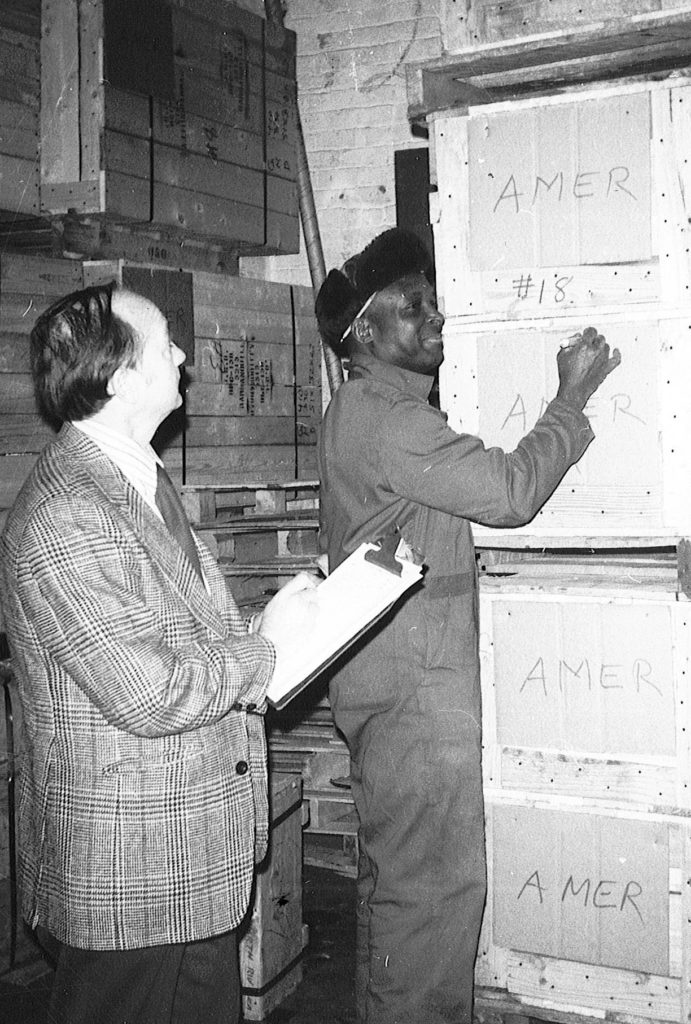

In 1948, a small group of concerned individuals founded AMER (American Middle East Rehabilitation) to respond with humanitarian relief for Palestinians following the first Arab-Israeli conflict. In 1971, AMER merged with Anera and became Anera’s medical and humanitarian relief program.
1970
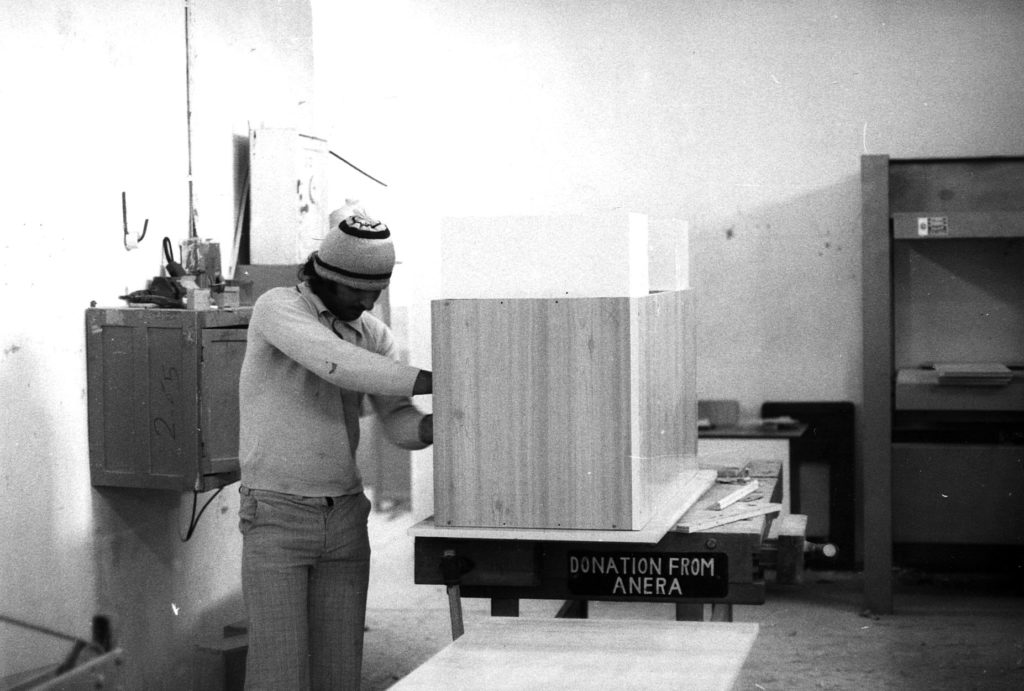

Throughout its first decade, Anera donated equipment to local organizations like the Al Bir Society in Jericho, where students learned useful technical skills.
1969
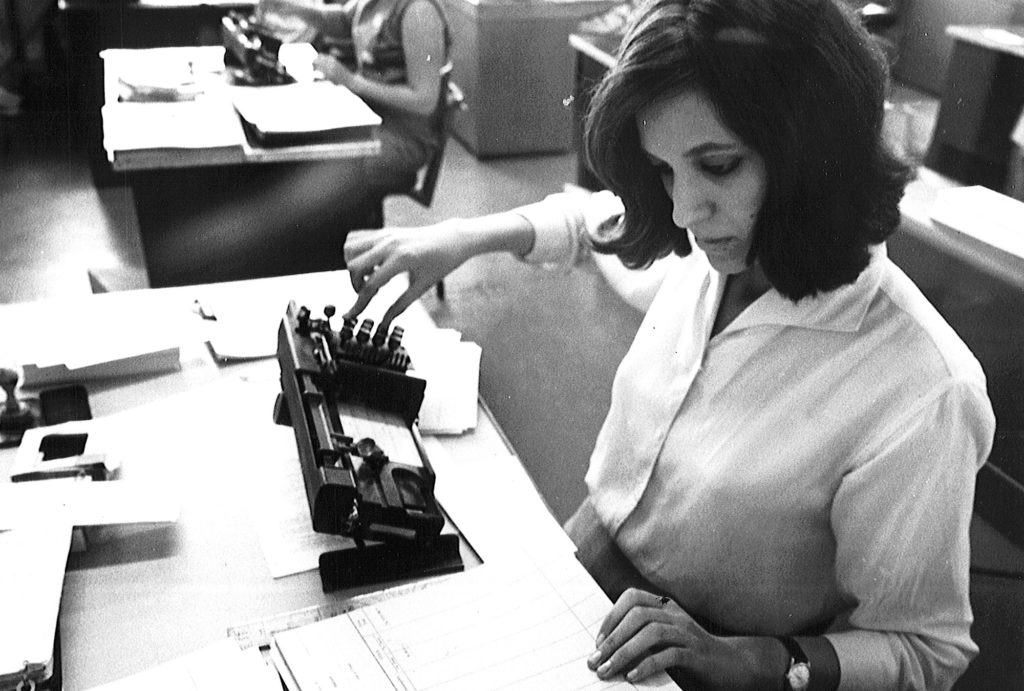

Anera’s work in the first decade was dedicated to delivering relief to and providing educational opportunities for Palestinian refugees. In 1969, scholarships for job training began at local institutions like the Arab Women’s Unions and Red Crescent Societies.
1968
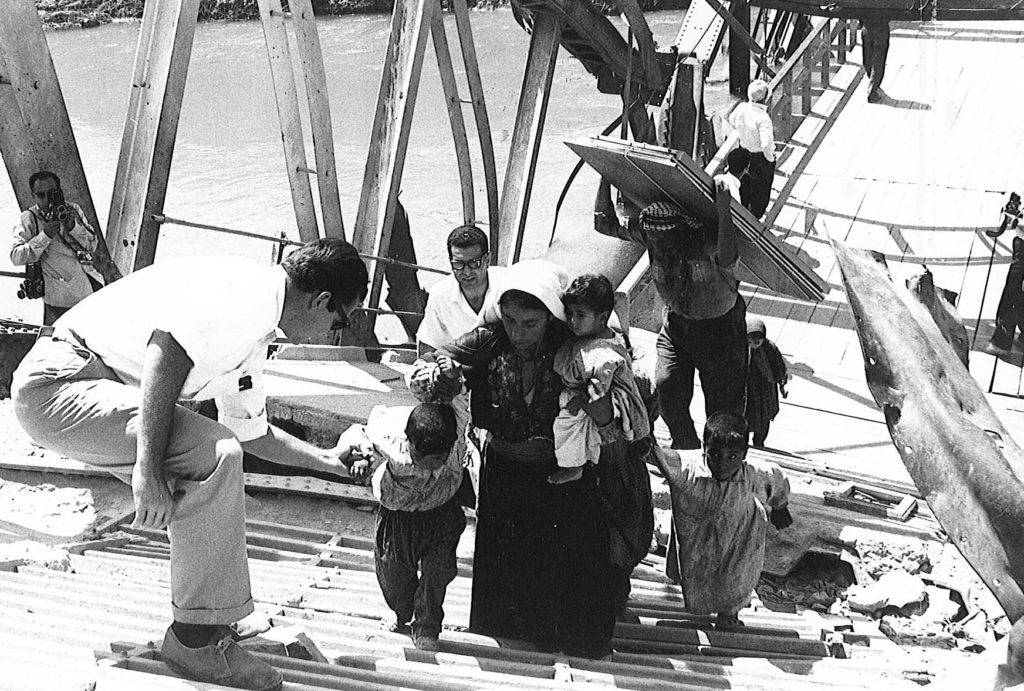

This picture was taken in 1967, in the immediate aftermath of the Arab-Israeli war. Anera’s second president, John Richardson, is helping refugees cross the destroyed Allenby Bridge into Jordan. Anera began operating in 1968, in response to the needs of the thousands of Palestinian refugees displaced by the war.
OUR BLOG
Related
Part of a series on the impact of the war on all sectors of economic life within Gaza, Anera’s immediate response and plans for the future. Other posts cover housing, education, WASH, health and food production systems. Livelihood Recovery In Gaza, 57 years of occupation and…
InterAction and 50 Member CEOs, some of whom have organizations that work in Gaza, urge President Biden to take decisive and actionable steps to alleviate the humanitarian crisis in Gaza. Detailed within this letter are specific steps and commitments that…
